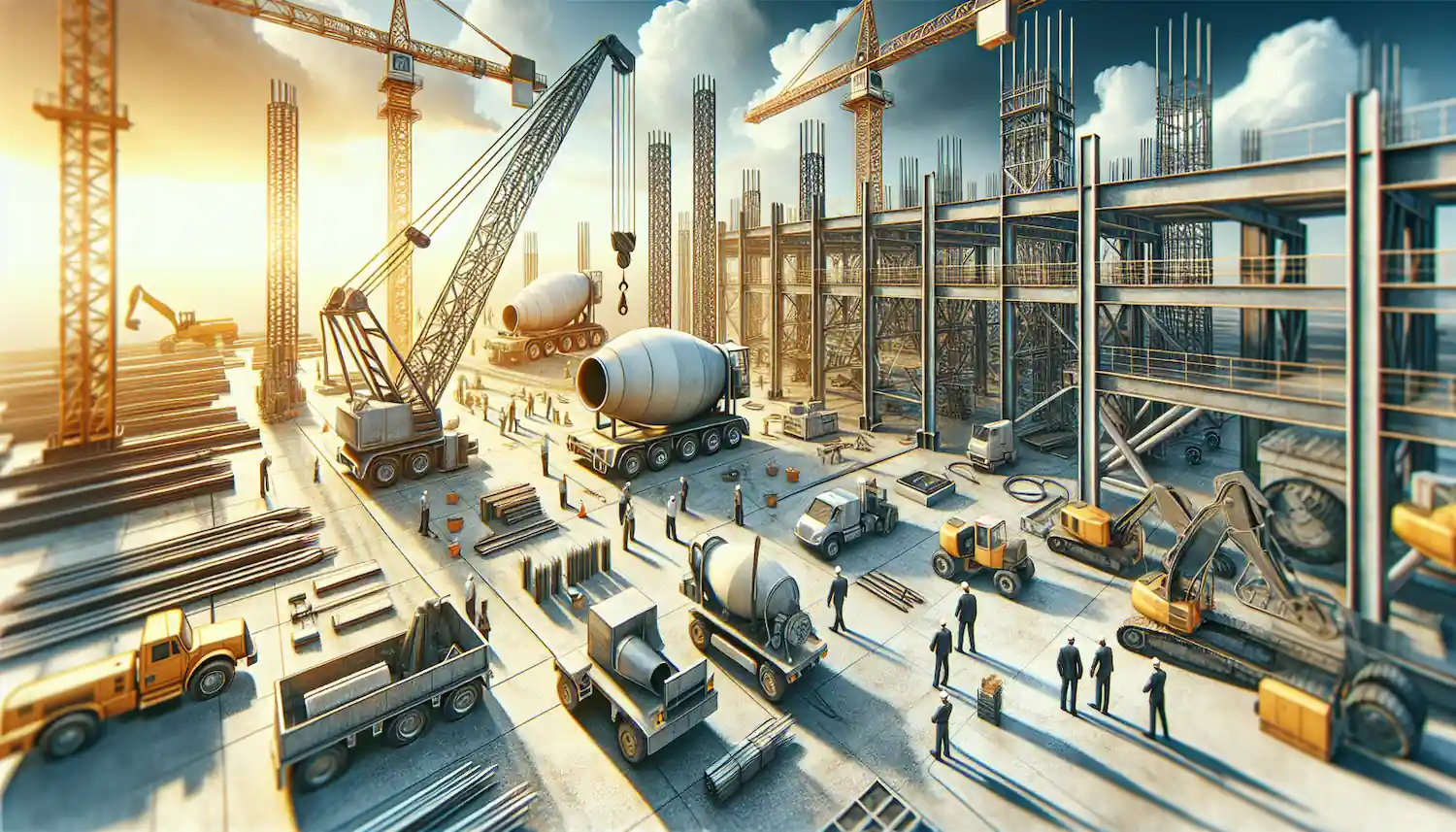Blasting Equipment Safety Compliance: Must-Know Audit Requirements for 2025
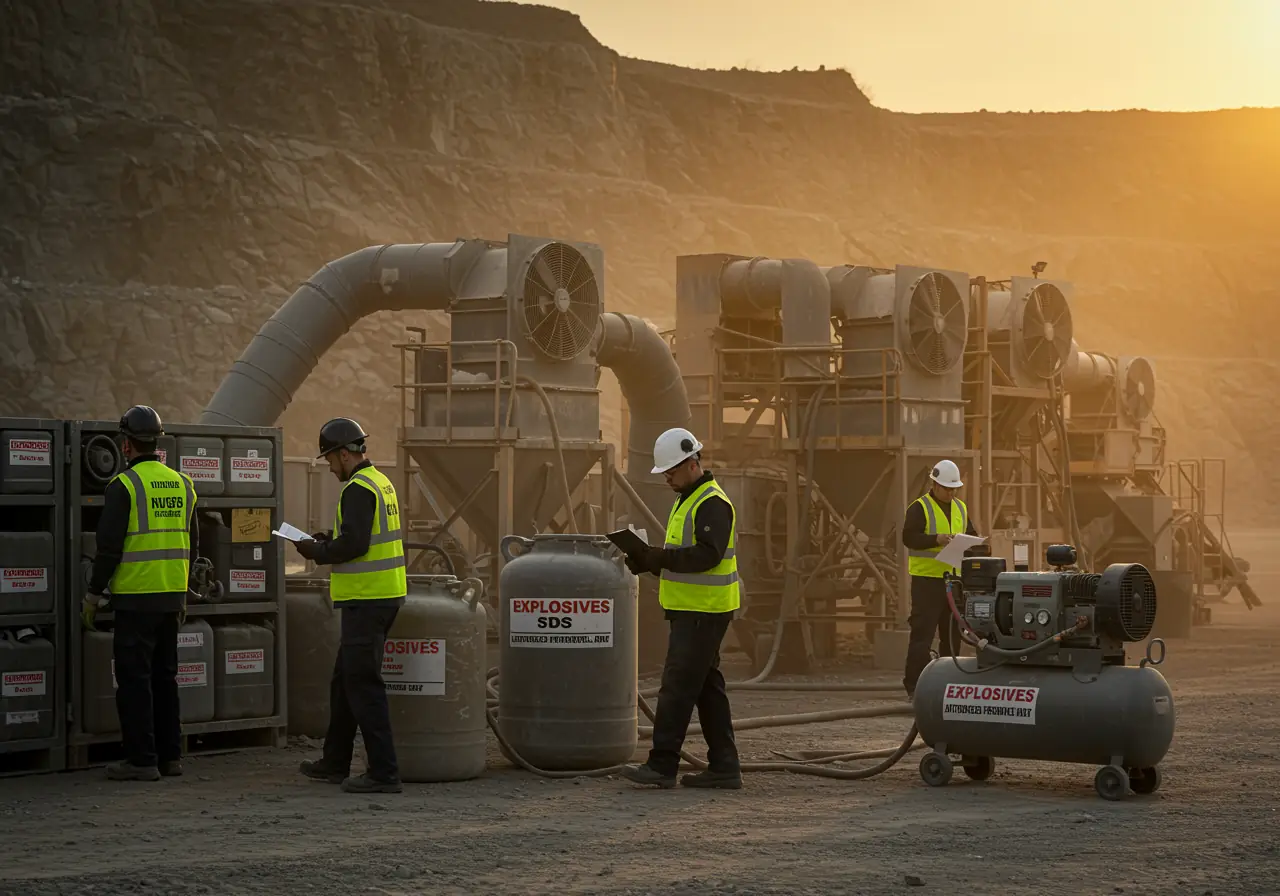
Blasting equipment safety compliance underpins operational reliability in mining, quarrying, and construction, where drill and blast, sandblasting, abrasive blasting, and media blasting demand rigorous compliance audits, SDS management, and documented equipment inspection protocols. Robust controls for explosive materials storage, shelf-life monitoring, blasting nozzle inspection, air compressor and pressure vessel safety, and maintenance records ensure OSHA, MSHA, and ISO 45001 alignment while reducing incident risk and downtime. A strong safety culture built on operator training, risk assessment, lockout/tagout, and critical spare parts management keeps blasting systems compliant, efficient, and audit-ready for 2025.
This guide outlines the essential audit requirements you need to know to maintain compliance and protect both your workforce and bottom line.
Audit Requirement 1: Safety Documentation and SDS Compliance
The cornerstone of blasting equipment safety compliance begins with meticulous documentation management. Proper documentation not only satisfies regulatory requirements but also creates a foundation for safe operations throughout your blasting activities.
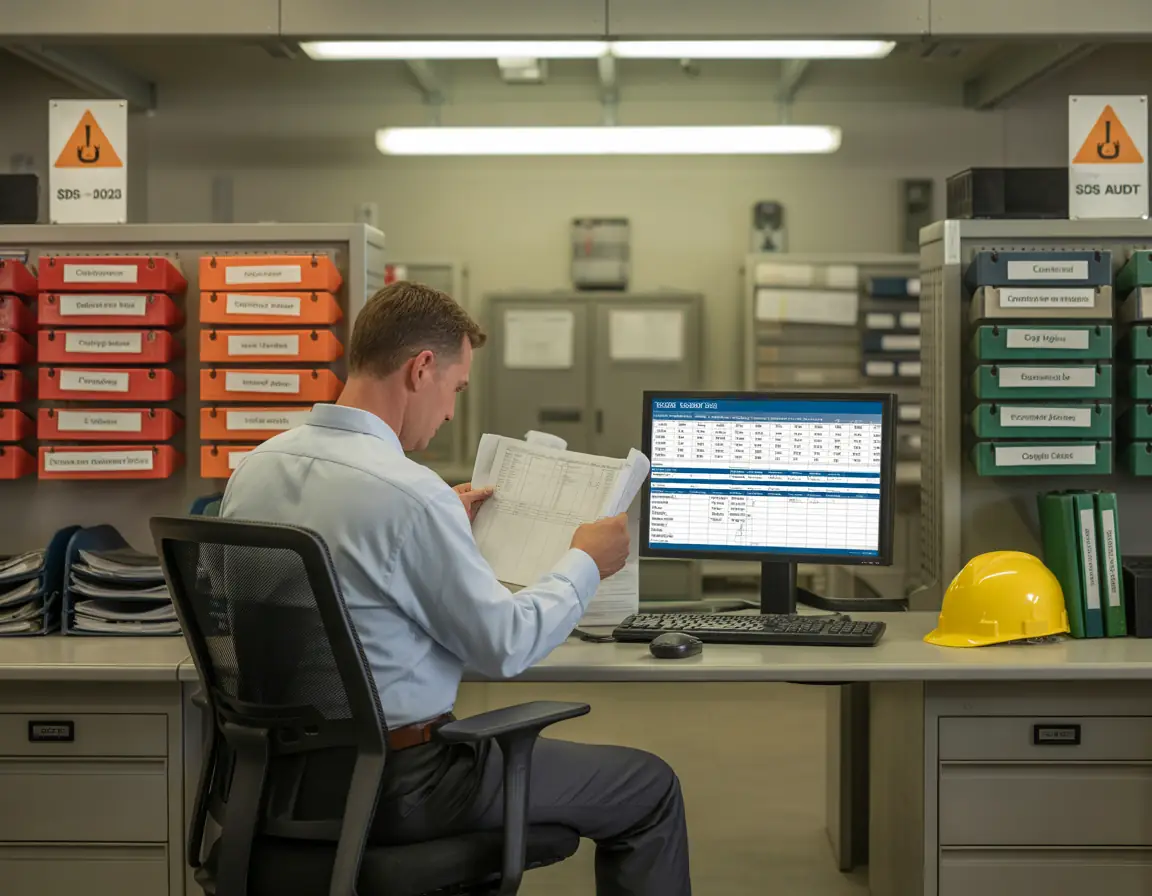
Maintaining up-to-date Safety Data Sheets (SDS)
OSHA's revised Hazard Communication Standard, effective July 19, 2024, aligns with the UN's GHS Rev. 7 and mandates stricter requirements for SDS content, format, and labeling. This alignment creates a uniform 16-section SDS format, ensuring consistency across all hazardous materials used in blasting operations, including abrasive blasting materials.
Chemical manufacturers, importers, and employers must revise SDSs within 90 days of becoming aware of significant new hazard information. Moreover, facilities that previously submitted SDSs to emergency planning committees must resubmit revised documents when hazard classifications change. Consider implementing digital SDS management systems with automated update notifications to stay compliant with these time-sensitive requirements, especially for tracking permissible exposure limits and air quality monitoring data.
Labeling and storage protocols for hazardous materials
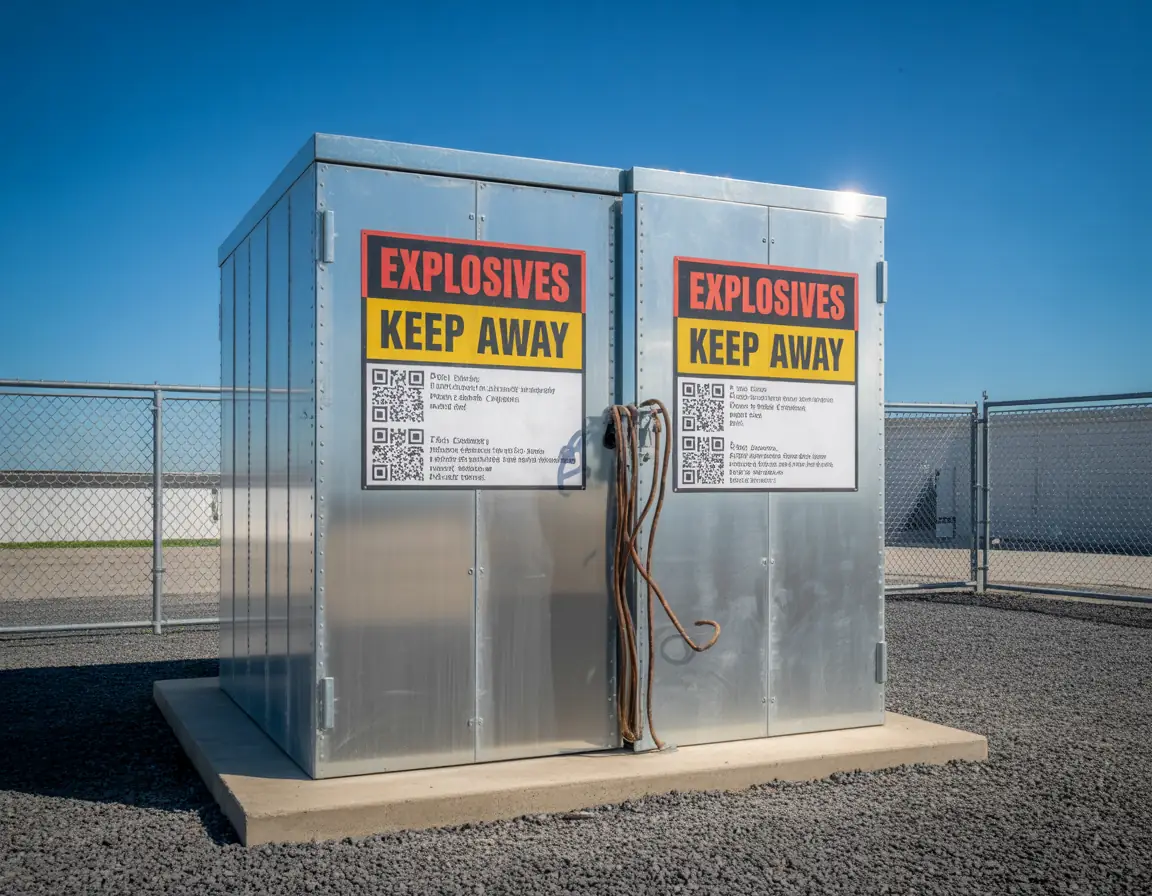
Labels on chemical containers must reflect current hazard classifications and may include QR codes linking directly to SDSs, enabling immediate access to safety information on the worksite. Secondary container labeling requirements have also been strengthened to ensure all chemicals remain properly identified throughout their use cycle.
For explosive materials storage, magazines must be labeled with appropriate warning signs visible from each approach. Metal magazines require proper grounding and electrical bonding connections to maintain the same electrical potential throughout the structure. According to regulations, explosive materials and detonators must be stored in separate magazines, with special considerations for abrasive blasting materials.
Shelf-life tracking for explosive and chemical components
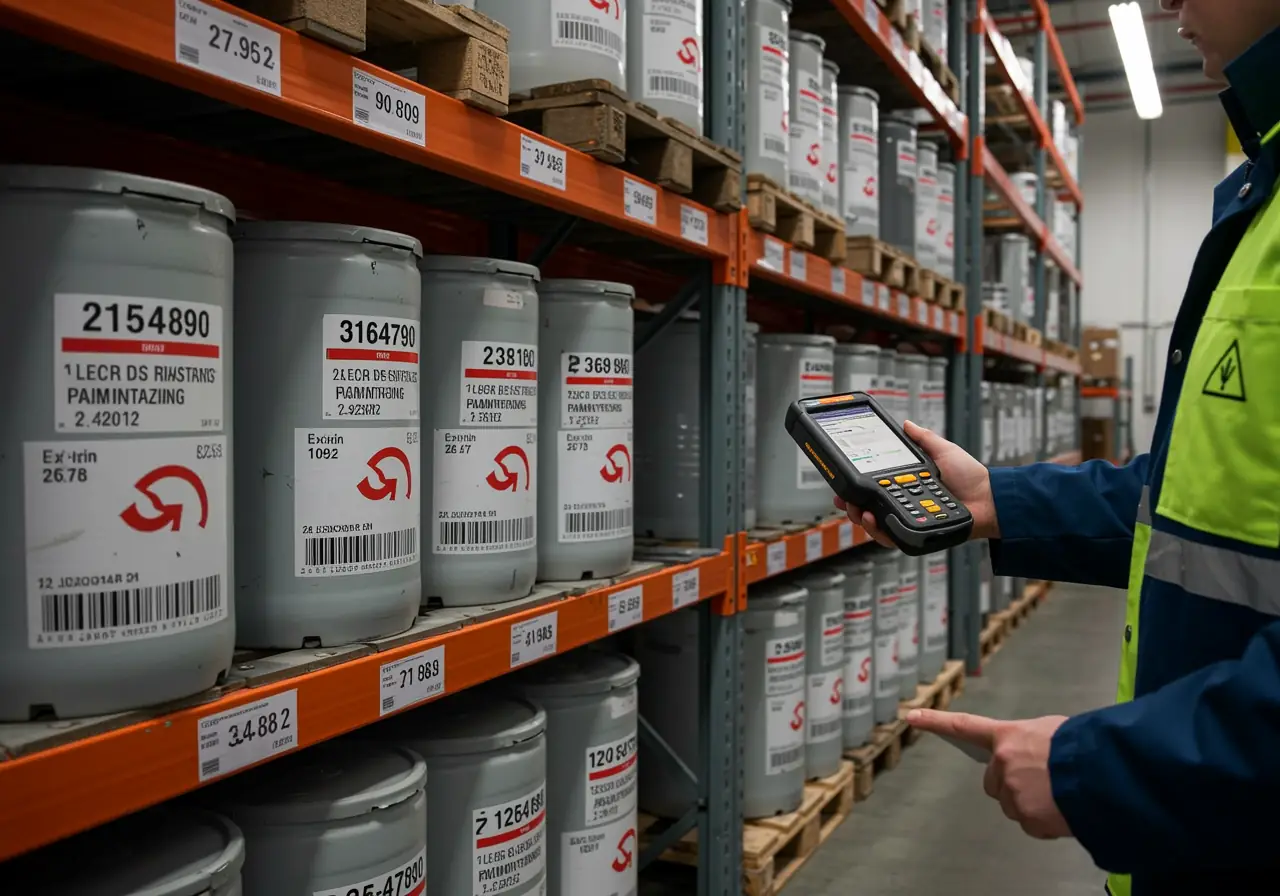
Implementing a robust inventory control system is crucial for tracking the shelf life of explosive materials and abrasive blasting materials. Store explosives to facilitate use of oldest stock first, stacking in a stable manner but never more than eight feet high. Maintain accurate inventory records at all surface area blast magazines and verify them monthly.
For ammonium nitrate components, ensure proper storage in well-ventilated silos located in secure areas. Keep the nitrate dry and separate diesel oil storage from ammonium nitrate areas to prevent explosion hazards during potential fires. Implement similar precautions for media blasting materials to prevent contamination and ensure optimal performance.
Ensure your operations stay compliant and fully equipped - partner with MCH Parts for certified blasting equipment, spare parts, and safety components trusted by professionals worldwide. From SDS-compliant materials to critical replacement parts and storage solutions, we help you meet every 2025 safety audit requirement with confidence and reliability.
Audit Requirement 2: Equipment Inspection and Certification Protocols
Regular equipment inspection forms the backbone of any effective blasting safety program. Properly maintained sandblasting equipment significantly reduces the risk of catastrophic incidents and ensures operational efficiency.
Blasting nozzle wear and tear inspection
Excessive nozzle wear leads to pressure loss and decreased productivity, with every pound of air pressure lost resulting in a 1.5% drop in performance. Implement these three critical tests in your inspection protocol for sandblasting and media blasting equipment:
- Insert a drill bit matching the original nozzle bore size - any movement indicates replacement is necessary
- Check for interior "orange peel" effects that create turbulence and reduce abrasive velocity
- Examine the exterior for cracks or damage, as fractured nozzles pose immediate safety hazards
Cracked nozzles must be replaced instantly, regardless of wear level. Consequently, maintaining a critical spare list of backup nozzles prevents costly downtime in your sandblasting booth or blast room environment.

Air compressor safety and pressure vessel checks
Air compressors operating at pressures up to 400 PSI can generate more thrust than a Boeing 747, making thorough inspection essential. Pressure vessel failures often result from:
- Operating above allowable working pressures
- Improper setting of relief devices
- Poor maintenance or installation
Each pressure vessel requires thorough external examination every five years, with internal inspection for vessels with manholes. Essentially, all vessels must undergo hydrostatic testing at 1.5 times maximum working pressure in specific circumstances. These checks are crucial for maintaining safe air quality and pressure in sandblasting operations.
Equipment certification and maintenance records
Comprehensive maintenance records serve as both compliance documentation and operational guidance. These records must include:
- Dates of inspections and maintenance activities
- Detailed descriptions of work performed
- Replacement parts used
Developing a documented inspection plan remains mandatory under API 510 standards. Meanwhile, local authorities often require third-party certification of pressure vessels and relief valves.
Follow manufacturer-specified maintenance schedules meticulously, documenting all controller warnings regarding needed maintenance to avoid potential fires and other hazards. This is particularly important for sandblasting equipment and media reclamation systems.
Stay inspection-ready with MCH Parts - your source for certified blasting equipment, pressure-rated spares, and compliant replacement parts.
Audit Requirement 3: Operator Training and Licensing Compliance
Effective personnel training stands at the heart of blasting equipment safety compliance, requiring systematic approaches to ensure all operators maintain proper qualifications, especially in the use of personal protective equipment and respiratory protection.
OSHA and ISO 45001 training requirements
ISO 45001 certification establishes robust occupational health and safety management systems for blasting operations, reducing workplace incidents while creating a proactive safety culture. This internationally-recognized standard ensures operations adhere to strict safety protocols. Under OSHA regulations, personnel handling explosives and operating sandblasting equipment must understand transportation regulations, state laws, and inherent dangers of explosive materials.

Refresher training and certification renewal tracking
Blasting certifications typically remain valid for three years from issuance date. To maintain compliance, operators must complete continuing education hours based on certification level. For ongoing competency verification, blasters should maintain:
- A comprehensive log of completed shots
- Records of continuing professional development
- Evidence of "continuing competence" audits every five years
Monthly safety meetings with all crew members represent another statutory requirement for maintaining compliance. These meetings should cover topics such as proper use of personal protective equipment, hearing protection, and protective clothing.
Competency validation for high-risk tasks
Before handling explosives or operating abrasive blasting equipment independently, operators must demonstrate competency through documented validation on MSHA 5000-23 forms. Personnel must be at least 21 years old, though supervised workers as young as 18 may handle explosive materials if permitted by applicable regulations. Blaster certification requires proper training, practical experience, and passing formal examinations. Implement competency matrices that define education, training, and skill requirements for specific high-risk tasks, including the proper use of respiratory protection and other personal protective equipment.
Keep your workforce safe and compliant with MCH Parts - your partner for certified blasting tools, PPE, and training-ready equipment. We supply OSHA- and ISO 45001-compliant components that support operator certification, safety meetings, and ongoing competency programs for every blasting operation.
Audit Requirement 4: Risk Assessment and Communication Procedures
Thorough risk assessment procedures form the critical foundation of blasting safety compliance, ensuring hazards are identified prior to any blasting activity. This proactive approach ultimately saves lives and prevents costly accidents.
Pre-blast hazard identification and green area meetings
Site-specific blast plans with tailored drill patterns must be developed for each location. Specifically, use face profilers and borehole probes to identify weak burden areas and potential deviations. The Blaster-in-Charge must conduct pre-blast "green area" meetings to review safety plans, blast movement direction, and security procedures. Indeed, OSHA requires identifying hazards associated with both routine operations and emergency scenarios, including those related to dust collection systems and ventilation systems.
Emergency response planning and drills
Emergency response plans should include designated personnel for first aid, firefighting, communication procedures, and clear evacuation routes. Furthermore, all emergency contact numbers must be prominently posted, including medical, OSHA, MSHA, fire, and police. Regular drills help workers stay prepared for handling emergency situations, including those involving airborne contaminants and toxic materials. Nonetheless, these plans should be customized for each site's unique conditions, taking into account the specific risks associated with sandblasting and abrasive blasting operations.
Formalizing communication protocols and sign-off sheets
Establish formal blast notification through display boards at main entrances, updated by shift start. Particularly critical is implementing a standardized warning signal system, including pre-blast warnings, blast time announcements, all-clear signals, and countdown suspensions. Once areas are cleared, blockers must verify positions via radio confirmation before initiating blasts. These protocols should also address communication regarding air quality monitoring and hazardous dust levels in the blast room environment.
Strengthen your site safety and communication protocols with MCH Parts - delivering reliable blasting equipment, monitoring systems, and certified components that help you meet OSHA and MSHA standards. From dust control solutions to emergency-ready hardware, we support safer, compliant blasting operations every step of the way.
Conclusion
Maintaining blasting equipment safety compliance demands continuous attention to four essential audit areas - safety documentation, equipment inspection, operator training, and risk assessment. Systematic implementation of OSHA, MSHA, and ISO 45001 standards ensures legal compliance, minimizes downtime, and strengthens workplace safety culture. Accurate SDS documentation, chemical labeling, and shelf-life tracking of explosive and abrasive blasting materials prevent degradation and storage hazards. Routine inspection of sandblasting nozzles, air compressors, and pressure vessels enhances performance and prevents catastrophic failures.
Keeping a critical spare parts list supports uninterrupted operations and rapid maintenance response. Operator training and certification tracking ensure continued competency, while pre-blast risk assessments, dust collection, and ventilation systems mitigate on-site hazards. As 2025 approaches, your commitment to comprehensive compliance reporting, structured inspection protocols, and effective spare management will keep your blasting operations compliant, efficient, and safe - protecting both your workforce and productivity.
Keep your blasting operations compliant, efficient, and safe with MCH Parts - your global source for certified blasting equipment, replacement parts, and safety solutions. From SDS-compliant materials to inspection-ready components and critical spares, we help you meet every 2025 audit requirement with confidence and reliability.
Key Takeaways
Blasting equipment safety compliance in 2025 requires systematic attention to four critical audit areas that protect both workers and operations from severe penalties and shutdowns.
• Updated SDS compliance is mandatory: OSHA's revised Hazard Communication Standard effective July 2024 requires 16-section SDS format with 90-day update requirements for new hazard information.
• Equipment inspection prevents catastrophic failures: Regular nozzle wear checks and pressure vessel inspections are essential, as every pound of air pressure lost reduces performance by 1.5%.
• Operator certification tracking is legally required: Blasting certifications expire every three years, requiring documented competency validation and continuing education to maintain compliance.
• Pre-blast risk assessment saves lives: Formal "green area" meetings, emergency response plans, and standardized communication protocols must be implemented before any blasting activity.
• Non-compliance costs are severe: OSHA penalties can reach $161,323 per violation in 2024, making proactive compliance management a critical business investment.
Effective blasting safety compliance transforms from a regulatory burden into a competitive advantage when properly implemented. Companies that maintain rigorous documentation, equipment inspection schedules, training records, and risk assessment procedures not only avoid costly penalties but also create safer, more efficient operations that protect their most valuable asset - their workforce.
FAQs
Q1. What are the key safety precautions for blasting operations? Essential safety precautions include prohibiting smoking near explosives, transporting detonators separately, halting operations during storms, avoiding equipment over loaded boreholes, and providing protection from flying debris. Regular safety meetings and proper training are also crucial.
Q2. Who is responsible for regulating blasting activities? The Office of Surface Mining Reclamation and Enforcement (OSMRE) oversees the national program for blaster certification. They provide training that covers critical aspects such as controlling flyrock, vibrations, airblast, and fumes through proper explosives use and hazard recognition in the field.
Q3. How often should blasting equipment be inspected? Blasting equipment should undergo regular inspections. Nozzles should be checked for wear and tear, with immediate replacement if cracked. Air compressors and pressure vessels require thorough external examinations every five years, with more frequent checks based on usage and manufacturer recommendations.
Q4. What are the training requirements for blasting operators? Blasting operators must undergo OSHA and ISO 45001 compliant training. Certifications typically remain valid for three years and require continuing education hours for renewal. Operators must also demonstrate competency through documented validation and participate in regular safety meetings.
Q5. How should explosive materials be stored and managed? Explosive materials must be stored in clean, dry, and orderly areas. Inventory should be rotated to use the oldest stock first. Damaged or deteriorated explosives, including detonators and blasting agents, should never be used. Proper labeling, separation of different materials, and accurate inventory tracking are essential for safe storage and management.
Read More

Seeder Bearing Parts Sourcing Guide: Critical Components & Strategy
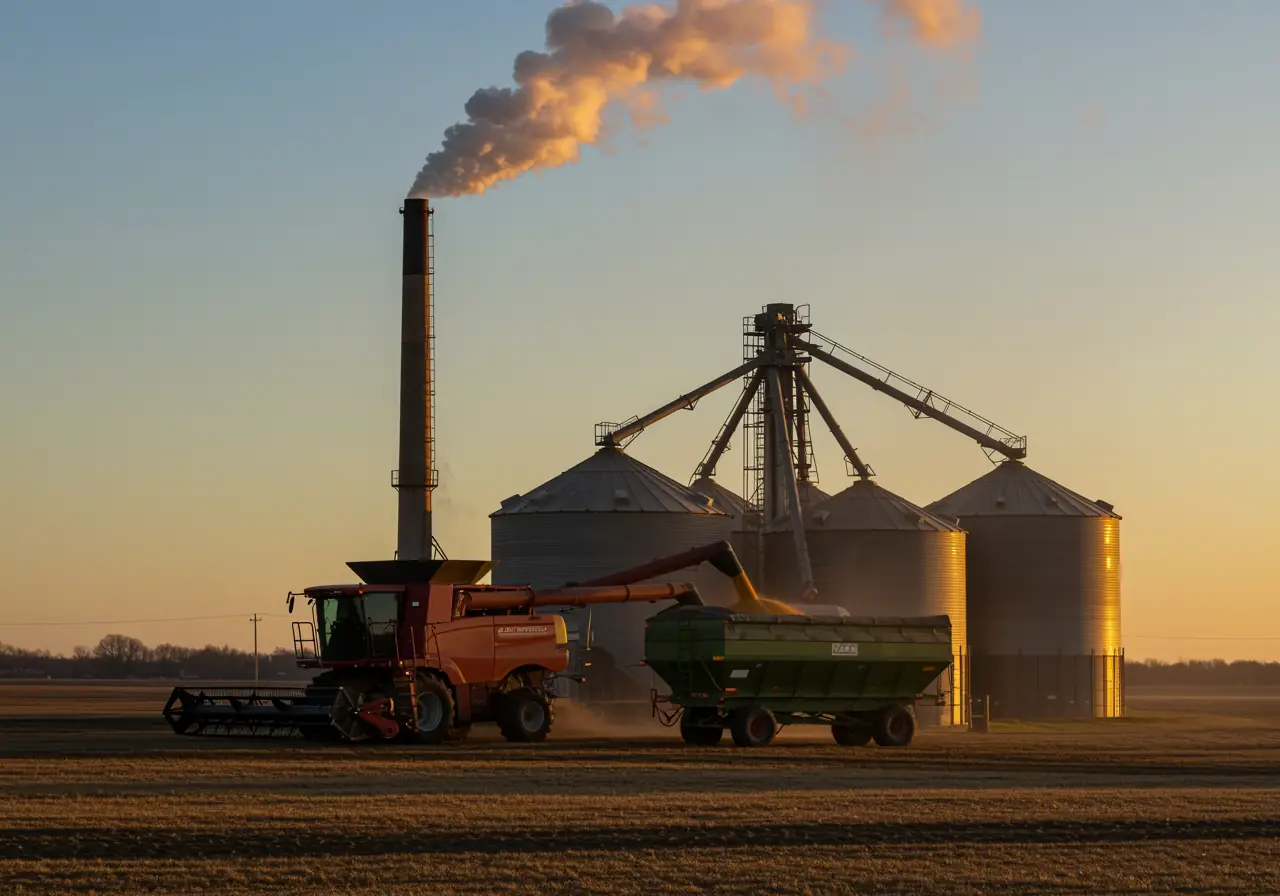
Downtime Prevention Through Smart Inventory for Grain Dryers
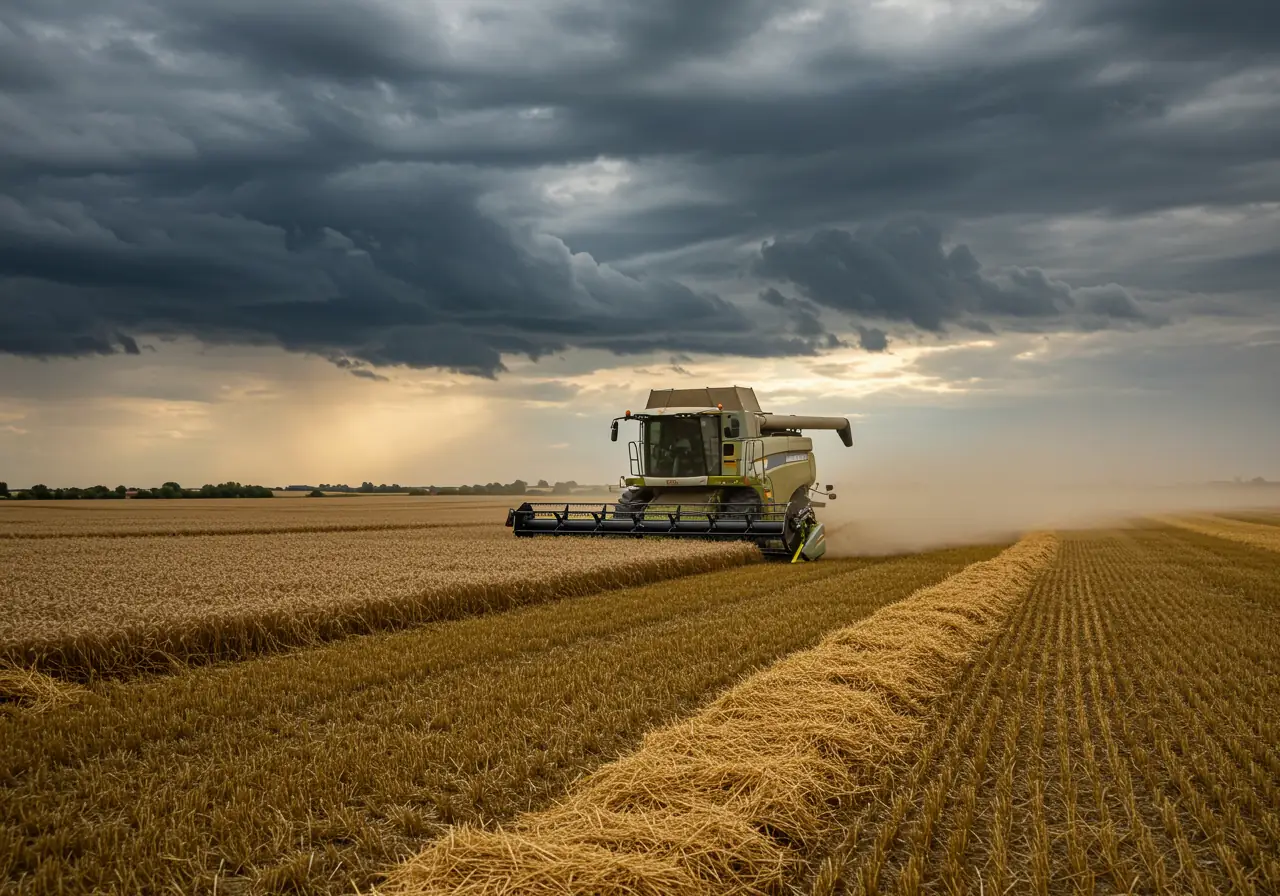
Combine Harvester Breakdown Prevention Guide: Predictive Analytics for Zero Downtime
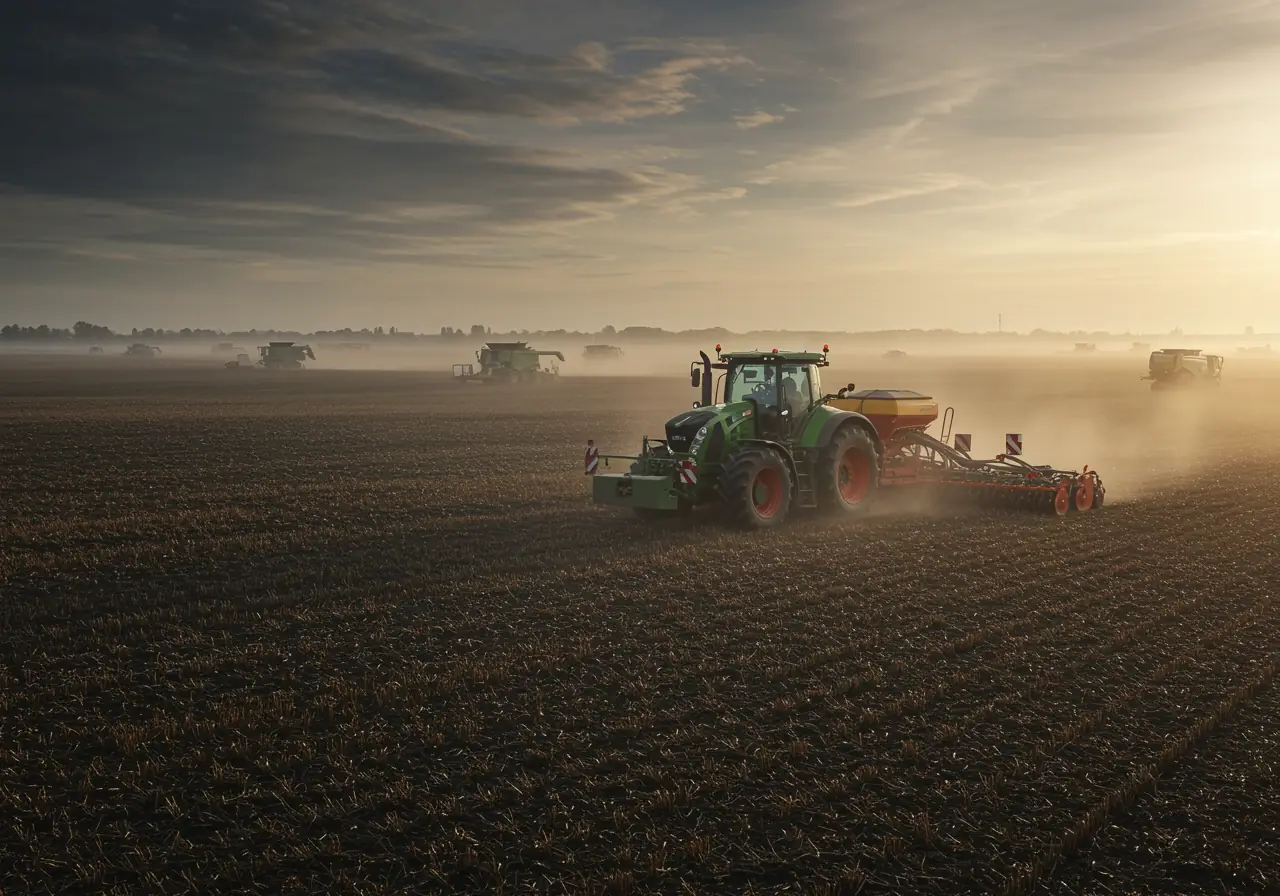
Master Global Agricultural Parts Delivery | Mid-Season MRO Guide

Fixing Haul Truck Downtime Issues: Remote Parts Strategy Guide 2025

Blasting Equipment Safety Compliance: Must-Know Audit Requirements for 2025
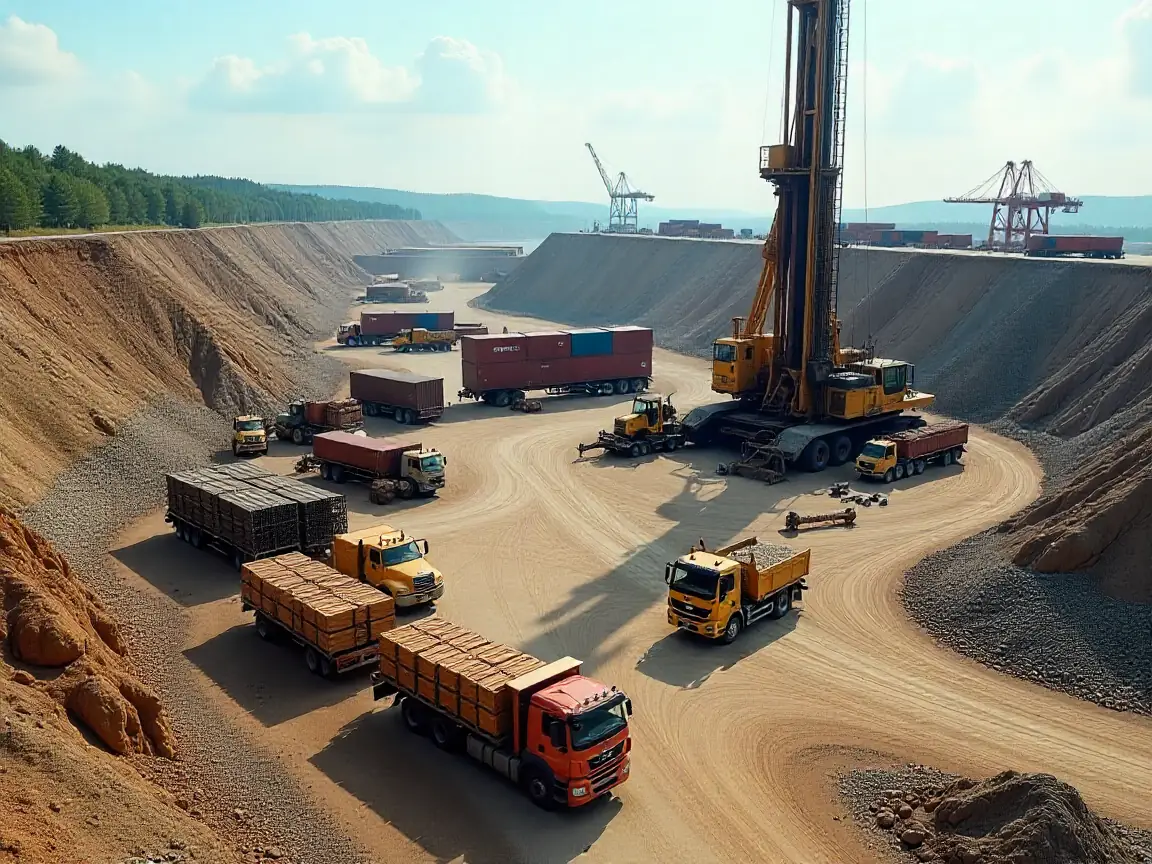
The Step-by-Step Guide to Global Drill Rig Consumables Sourcing
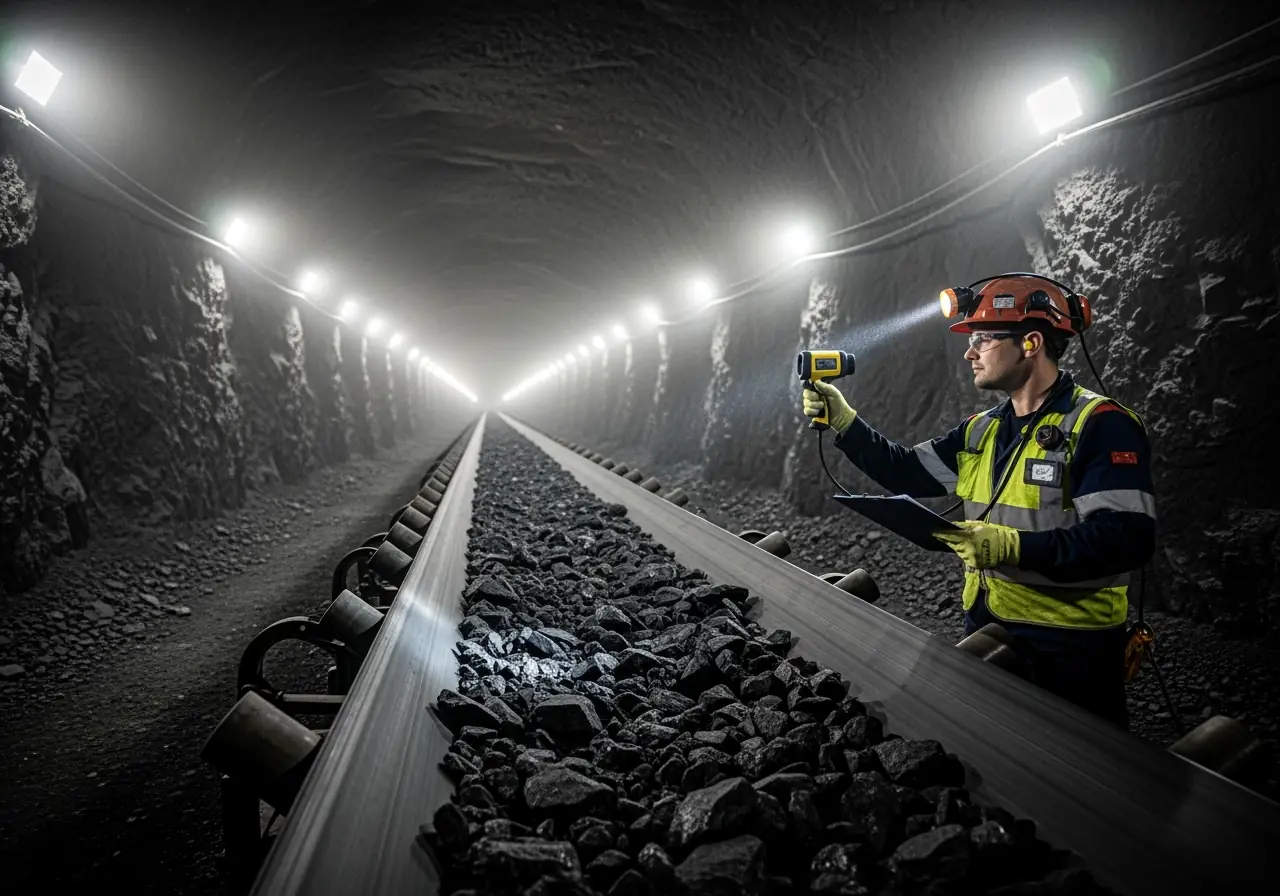
Mining Conveyor Maintenance Guide: Detecting Hidden Risks in Underground Systems
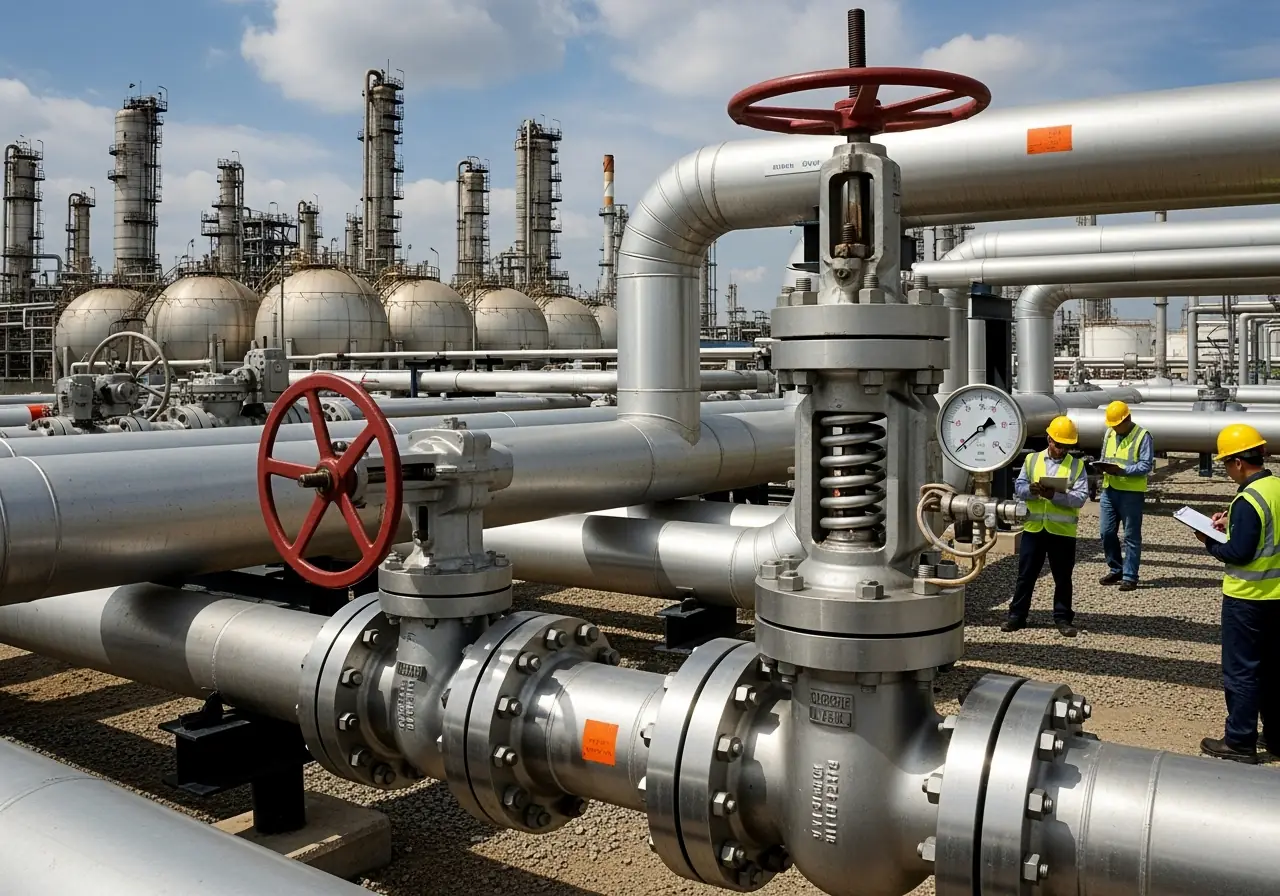
Best Practices for Certified Pipeline Valve Selection: From Specs to Installation

Optimizing Oil Rig PPE Delivery: Proven Strategies That Saved $2M Annually
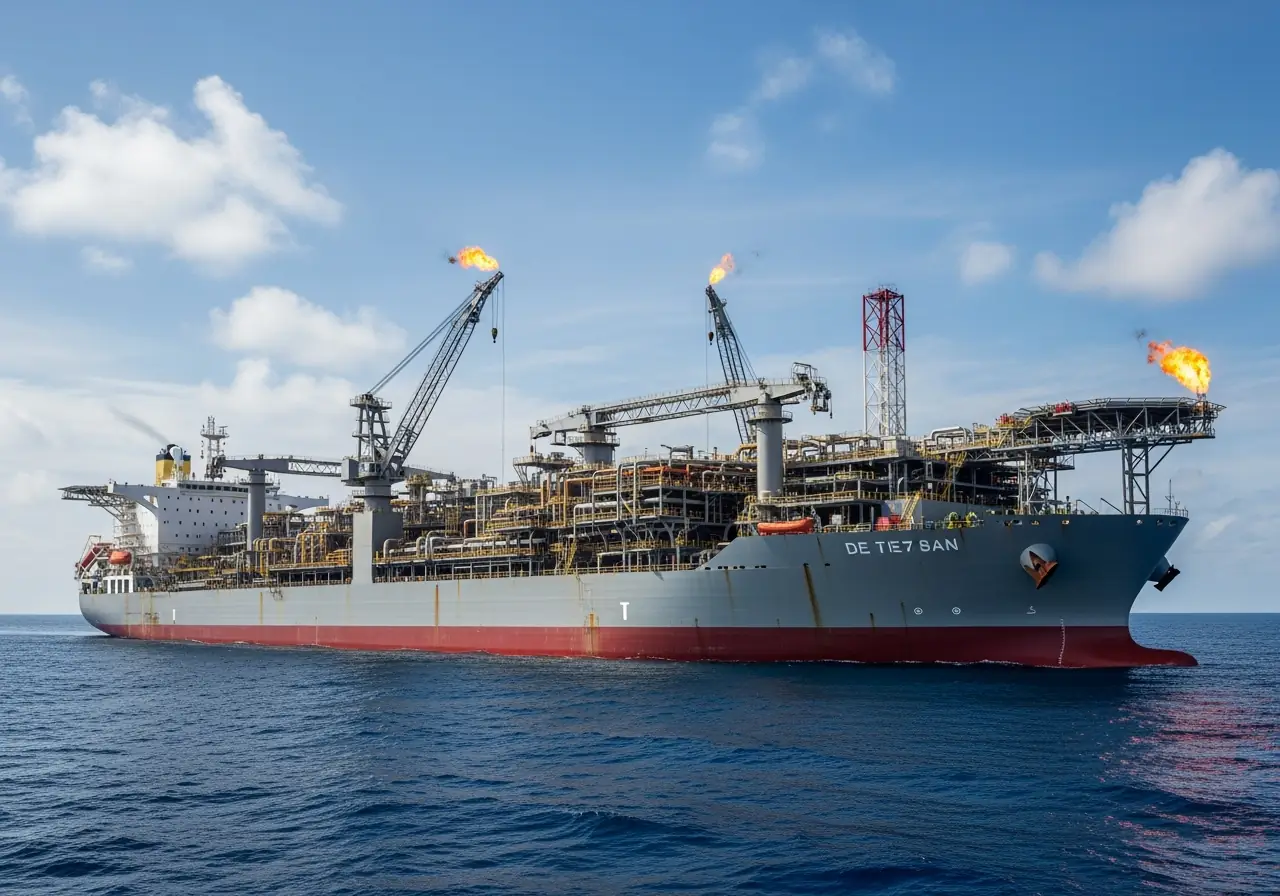
FPSO Smart Parts Planning: Proven Methods to Cut Downtime
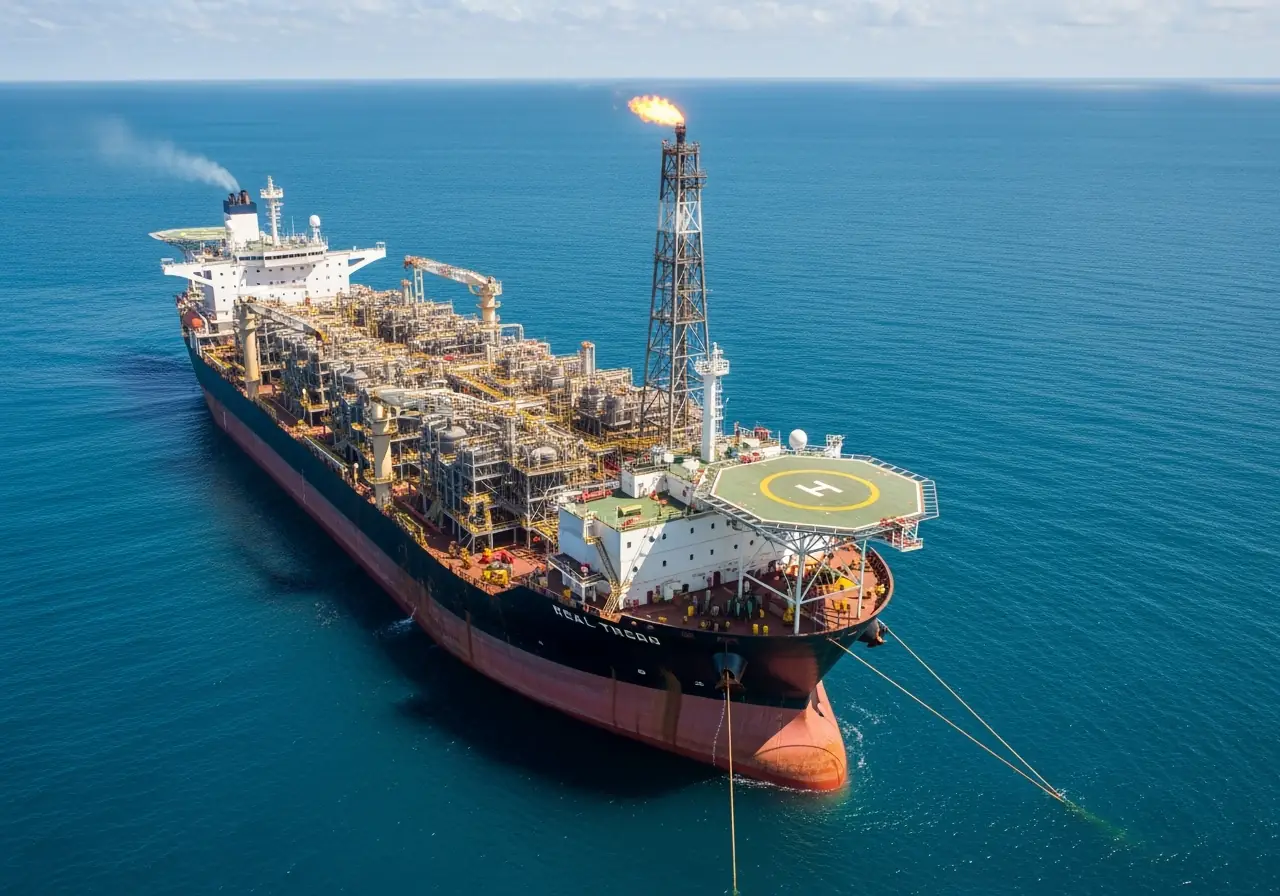
How FPSO Inspection Prevents Million-Dollar Shutdown Losses

Fix It Before It Breaks: A Farmer's Guide to Combine and Harvester Maintenance

Why Fast Tractor Parts Delivery is Changing Modern Farming [2025 Guide]

The Critical Farm Equipment Replacement Parts You Need Before Harvest 2025
.webp)
How to Double Your Farm Efficiency: Expert Guide to Smart Scaling

Cut Costs by 30%: Pre-Season Spare Parts Audit Checklist

Proven Success Factors for Agricultural Equipment Manufacturers in 2025
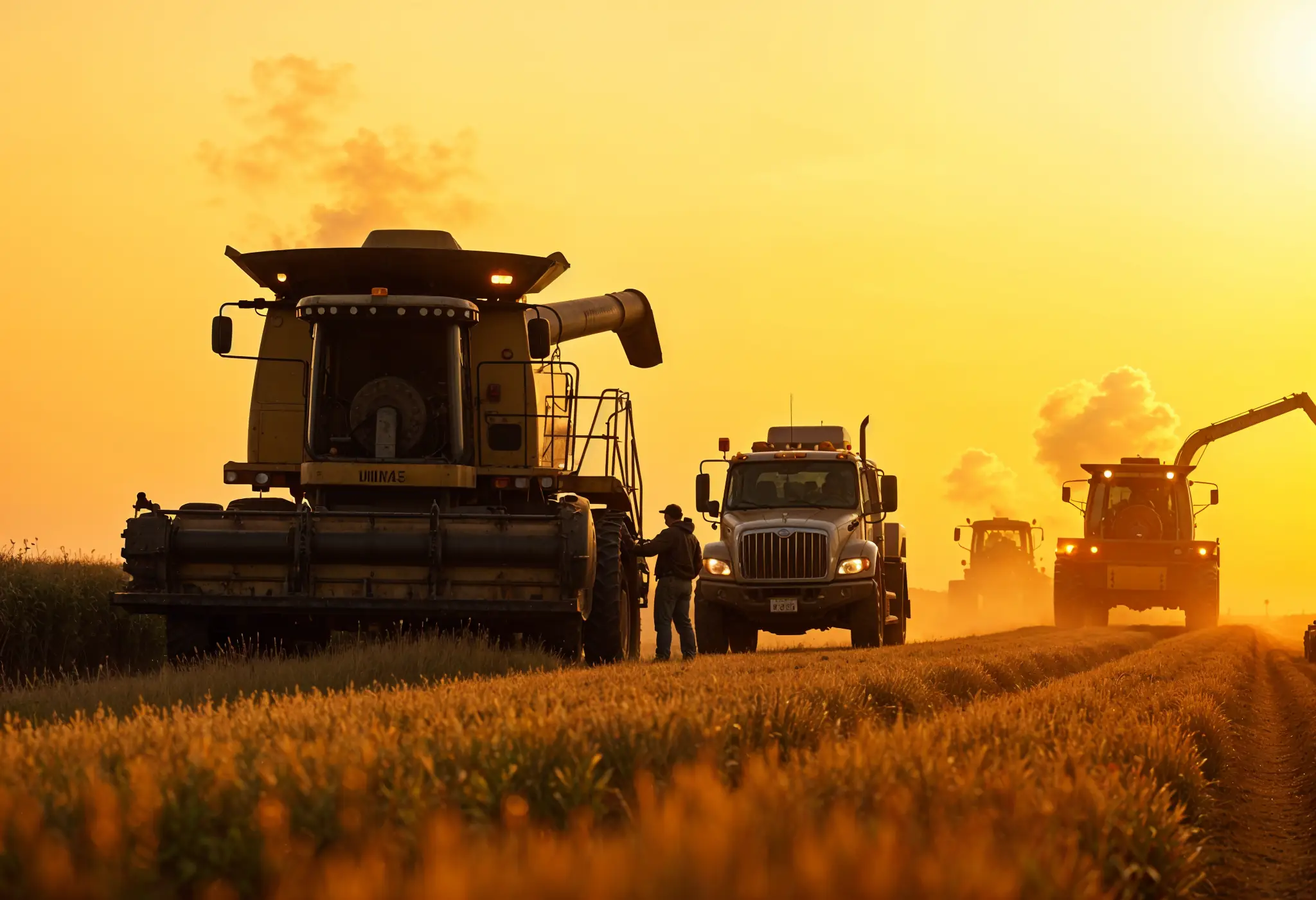
13 Overlooked Farm Spare Parts That Halt Operations — Pt. 2

13 Overlooked Farm Spare Parts That Halt Operations — Pt. 1

Top Hydraulic Components for Agricultural Equipment in 2025: Complete Guide
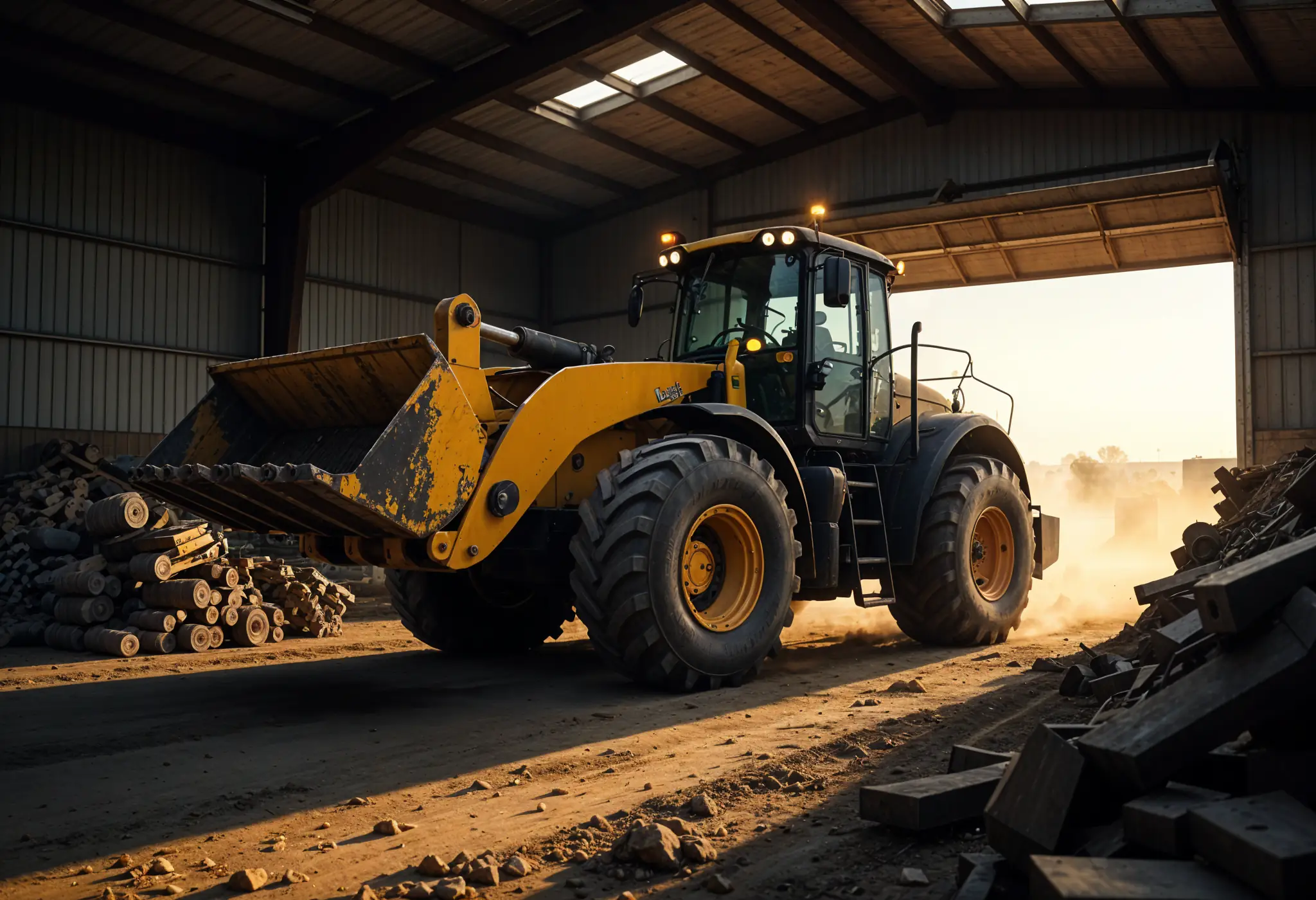
The Essential Farm Equipment Parts You Can't Afford to Run Out Of
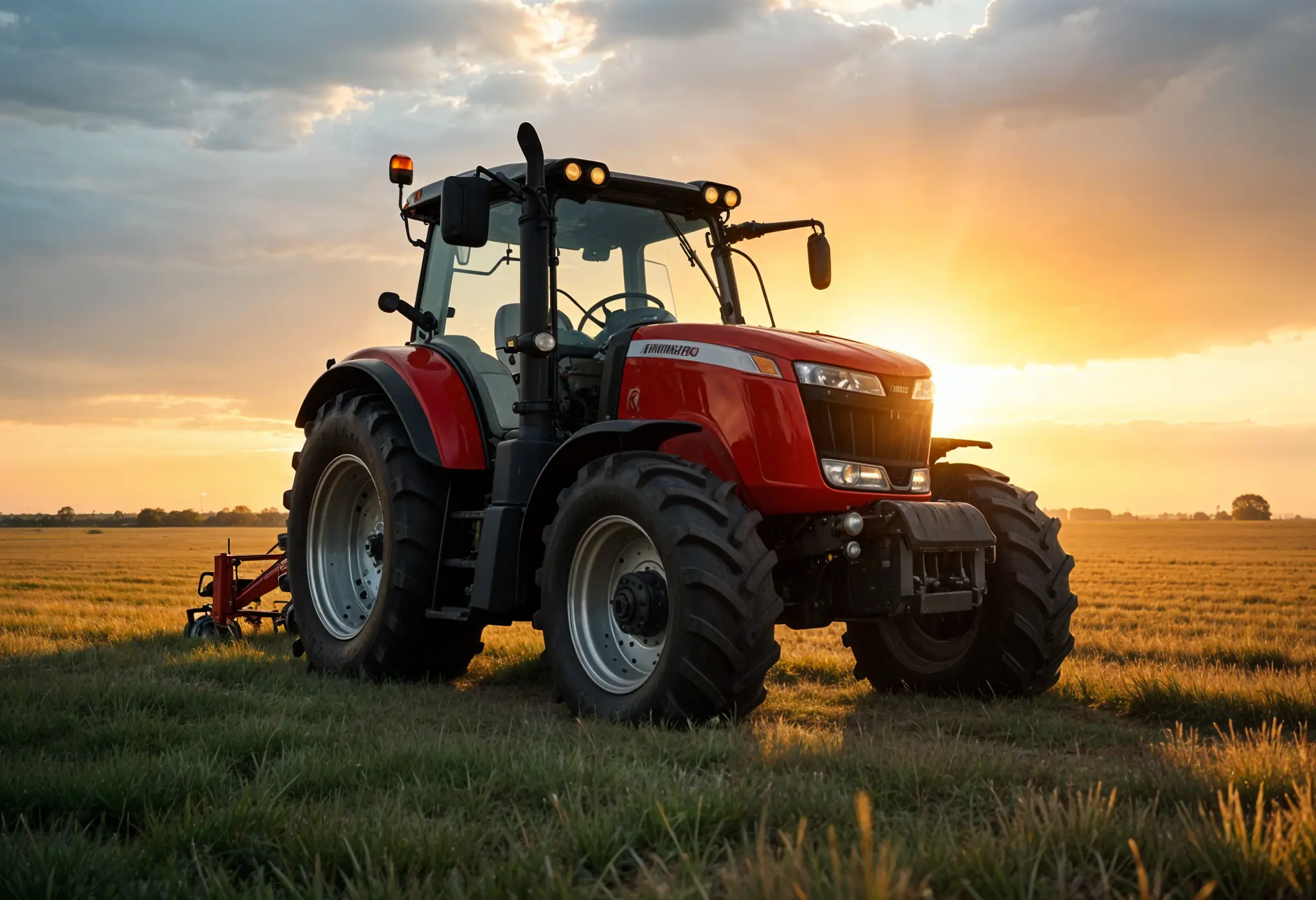
How to Service Farm Equipment: A Farmer's Guide to Zero Harvest Downtime
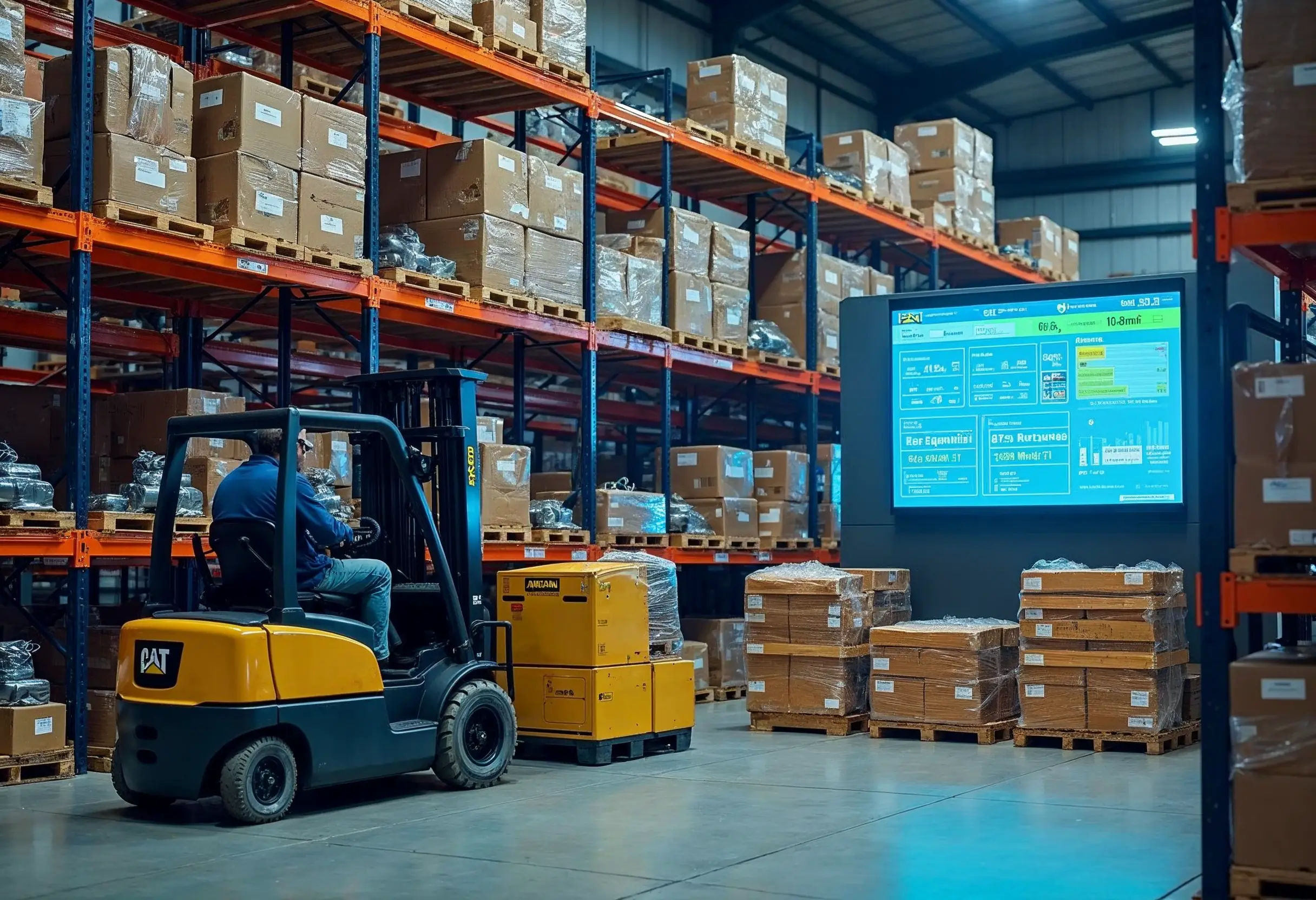
Construction Machinery Parts Suppliers: Expert Selection Guide
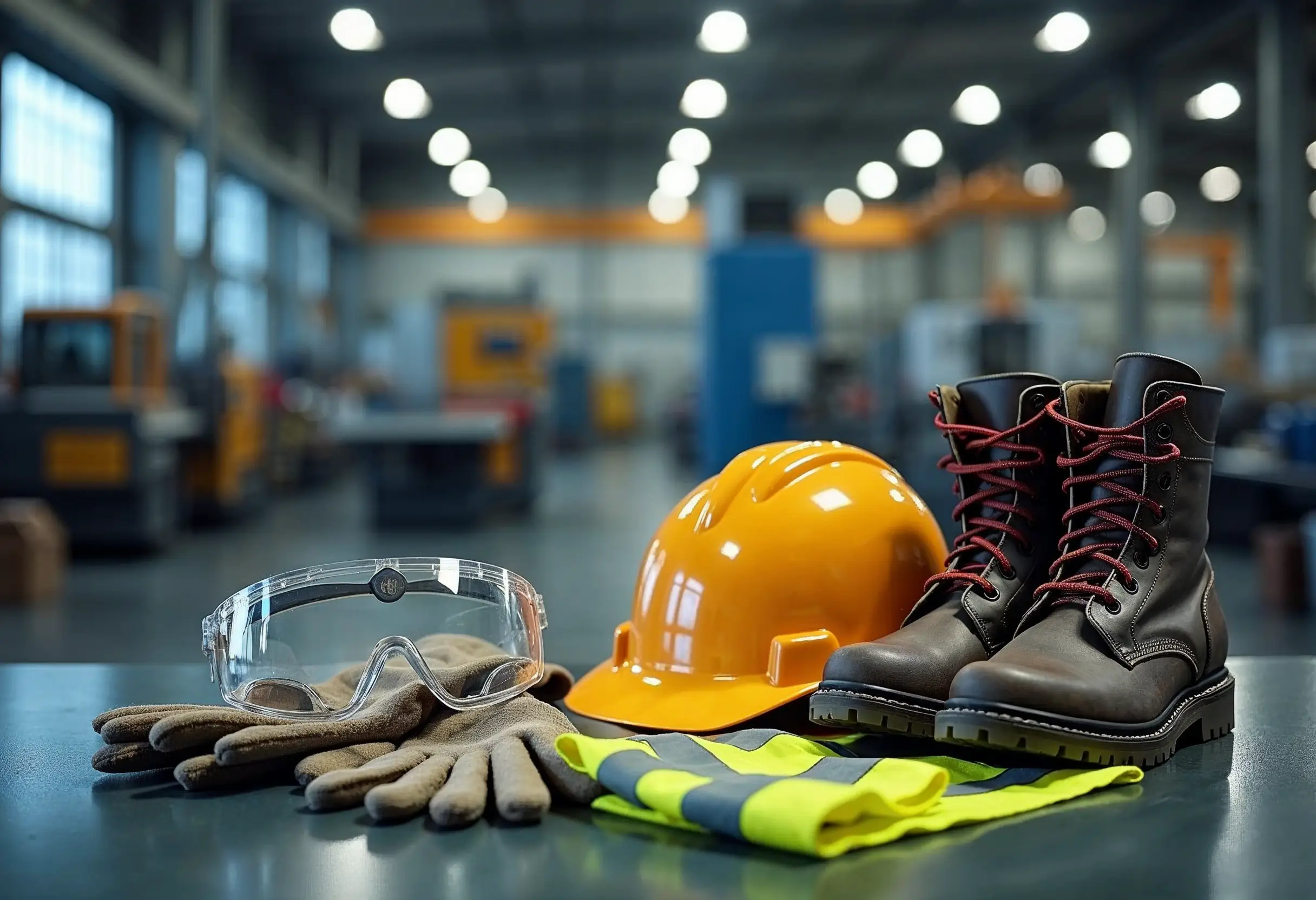
How to Apply Machine Safety Rules: From Selection to Installation

Smart Diagnostics Cut Heavy Equipment Failures by 73%
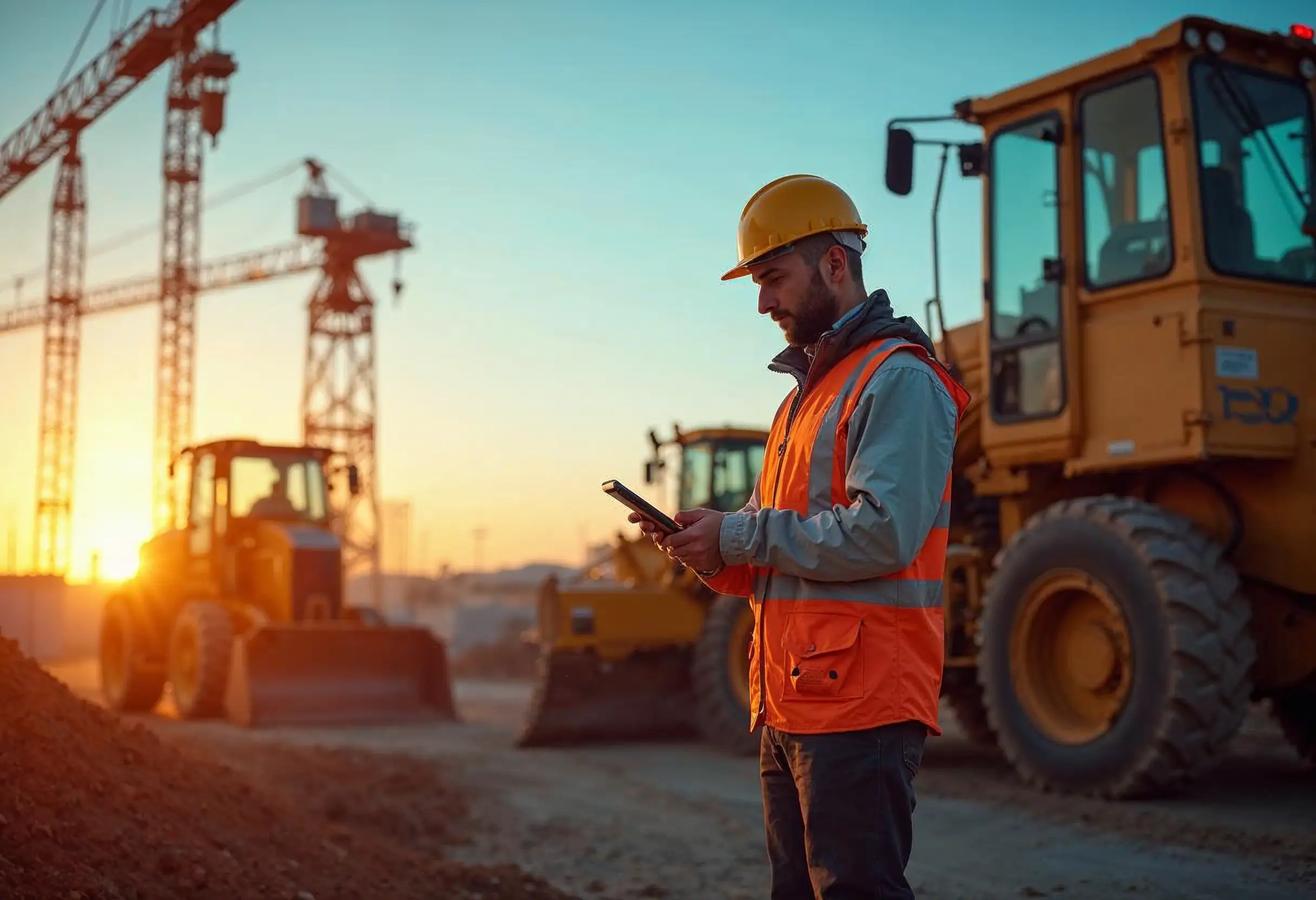
5 Ways to Assess the Environmental Impact of Heavy Construction Machinery
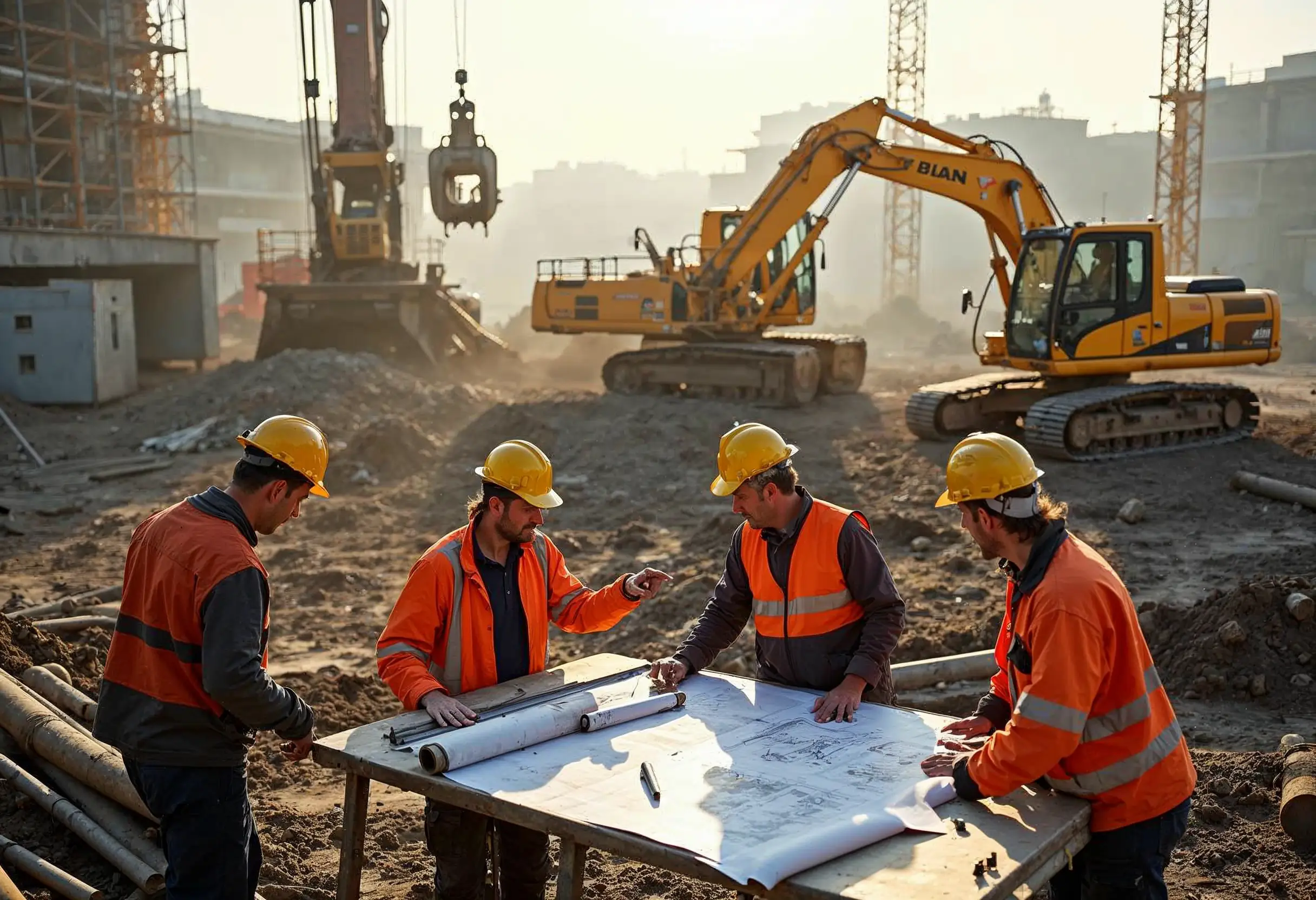
10 Smart Ways to Pick Construction Machinery for 2025 Projects
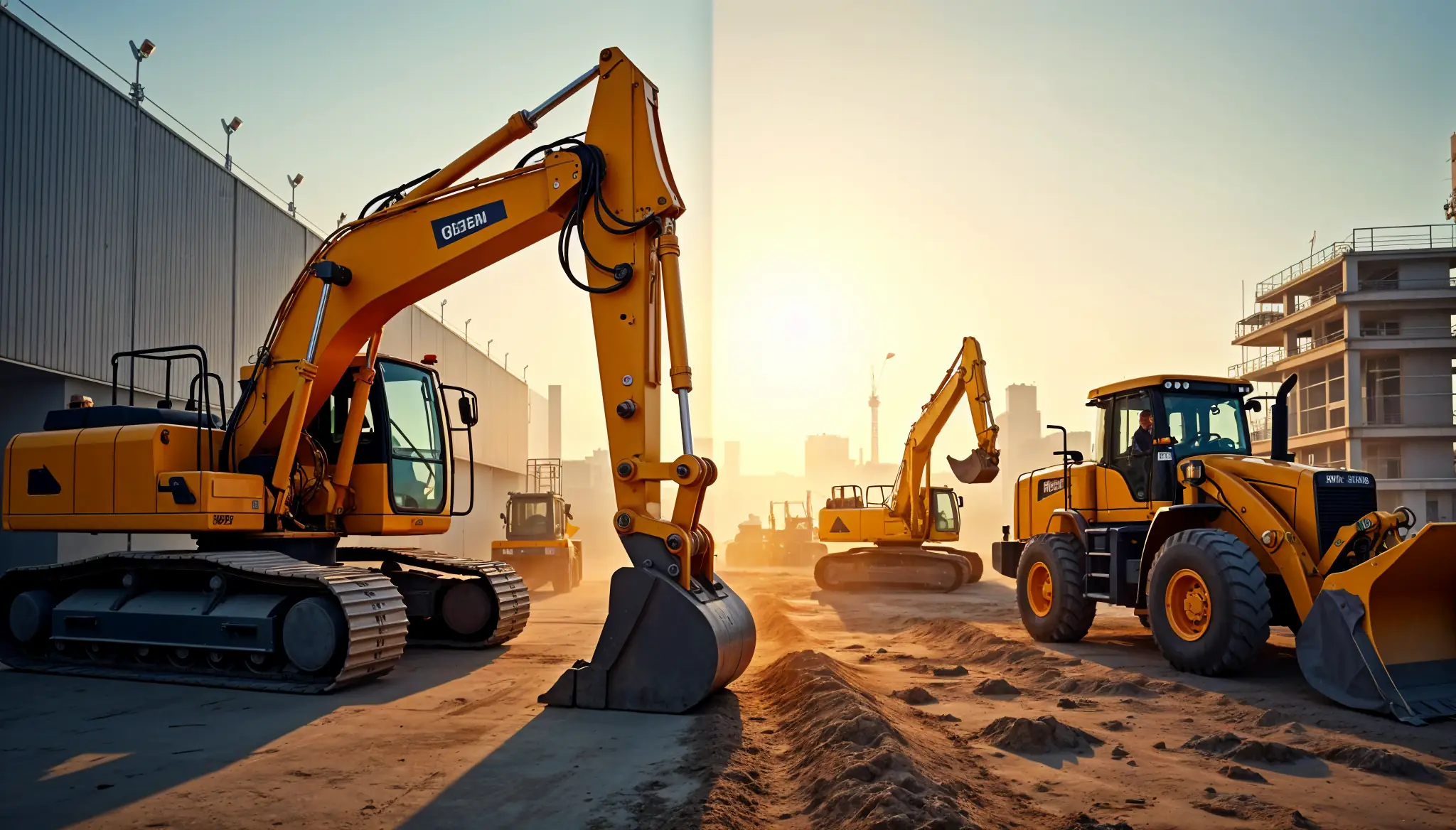
Rent vs Purchase Equipment: What Heavy Industry Experts Hide
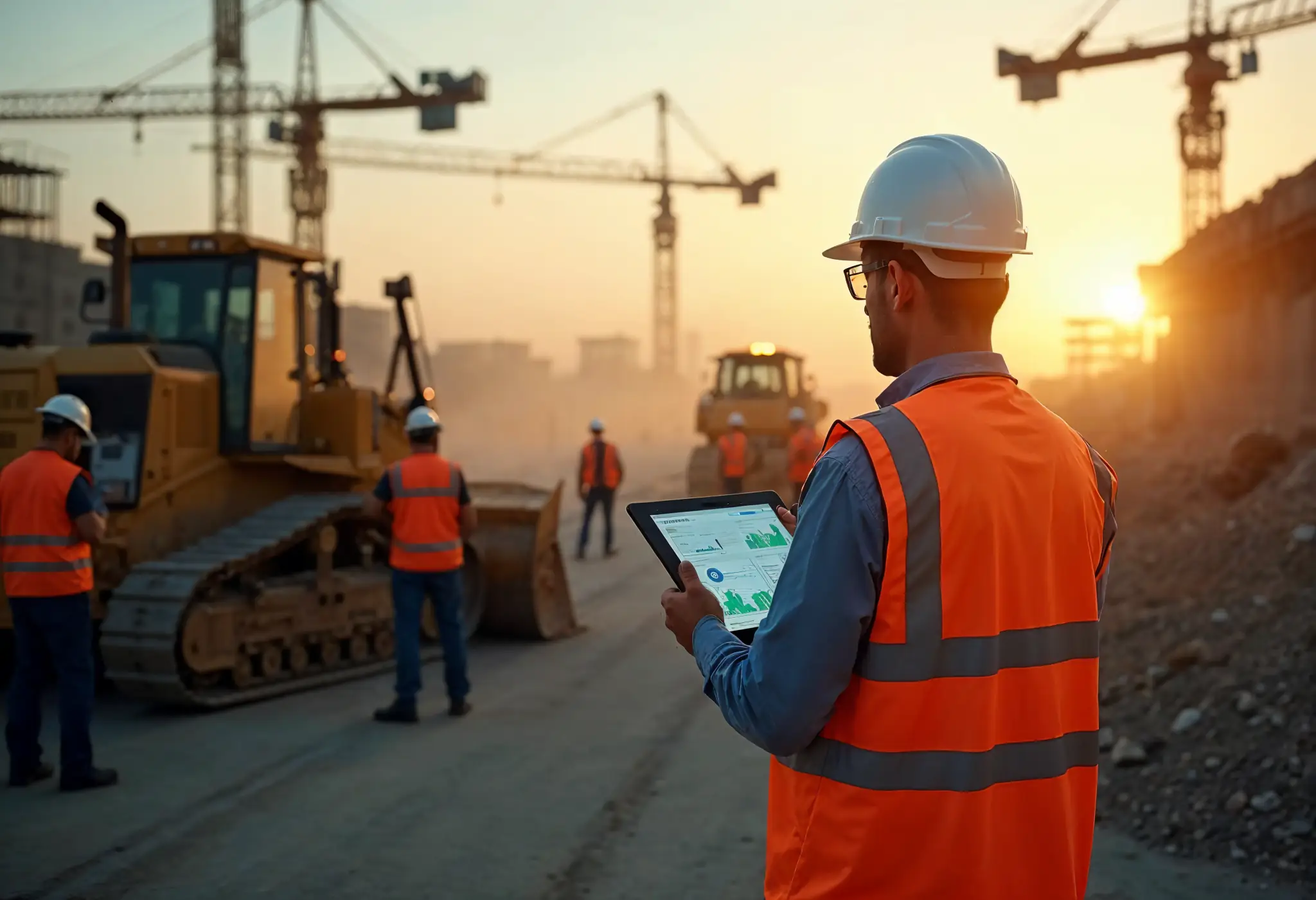
How to Implement a Construction Inventory Management System for Equipment Efficiency
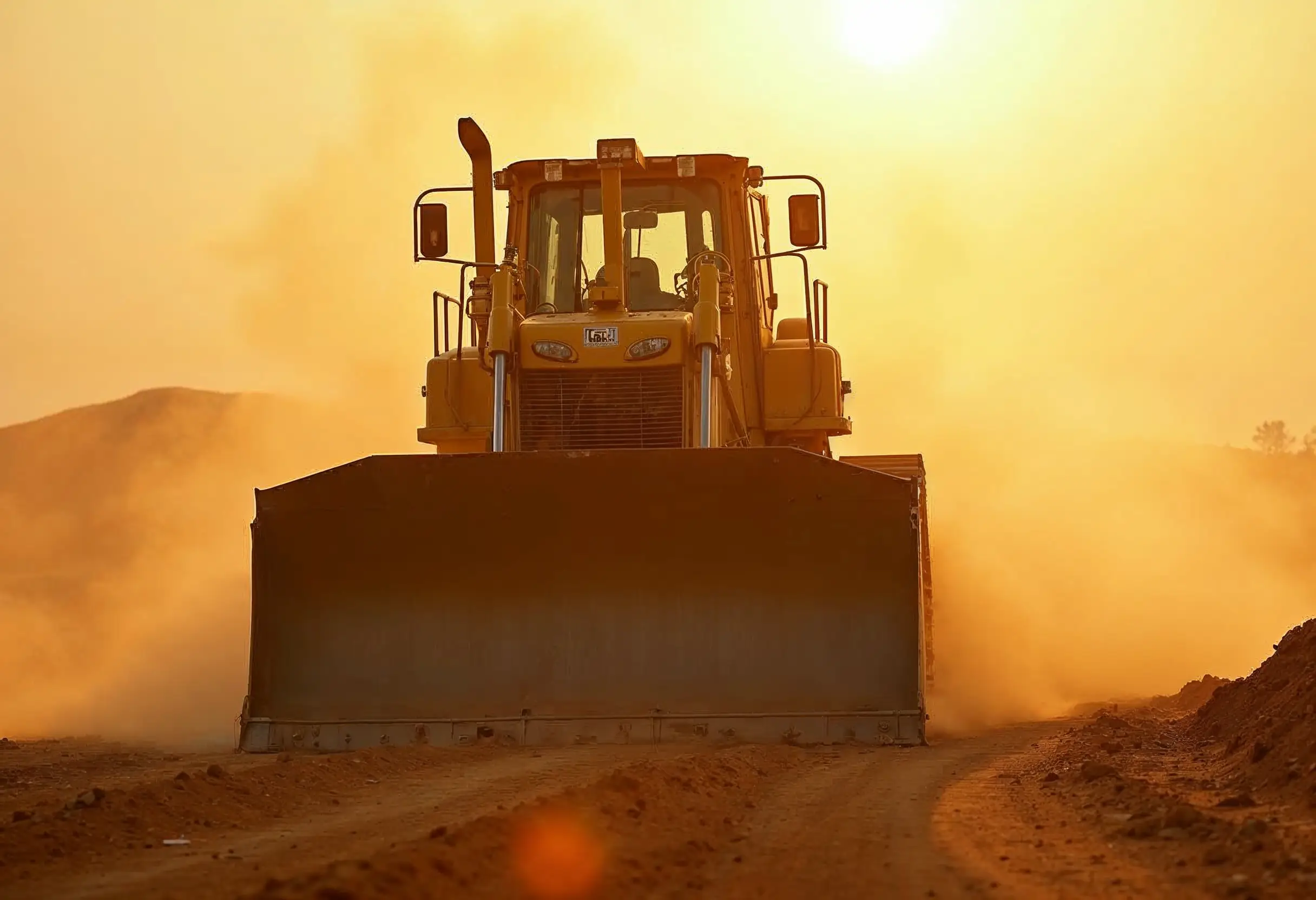
How to Extend Equipment Life Expectancy with Regular Maintenance
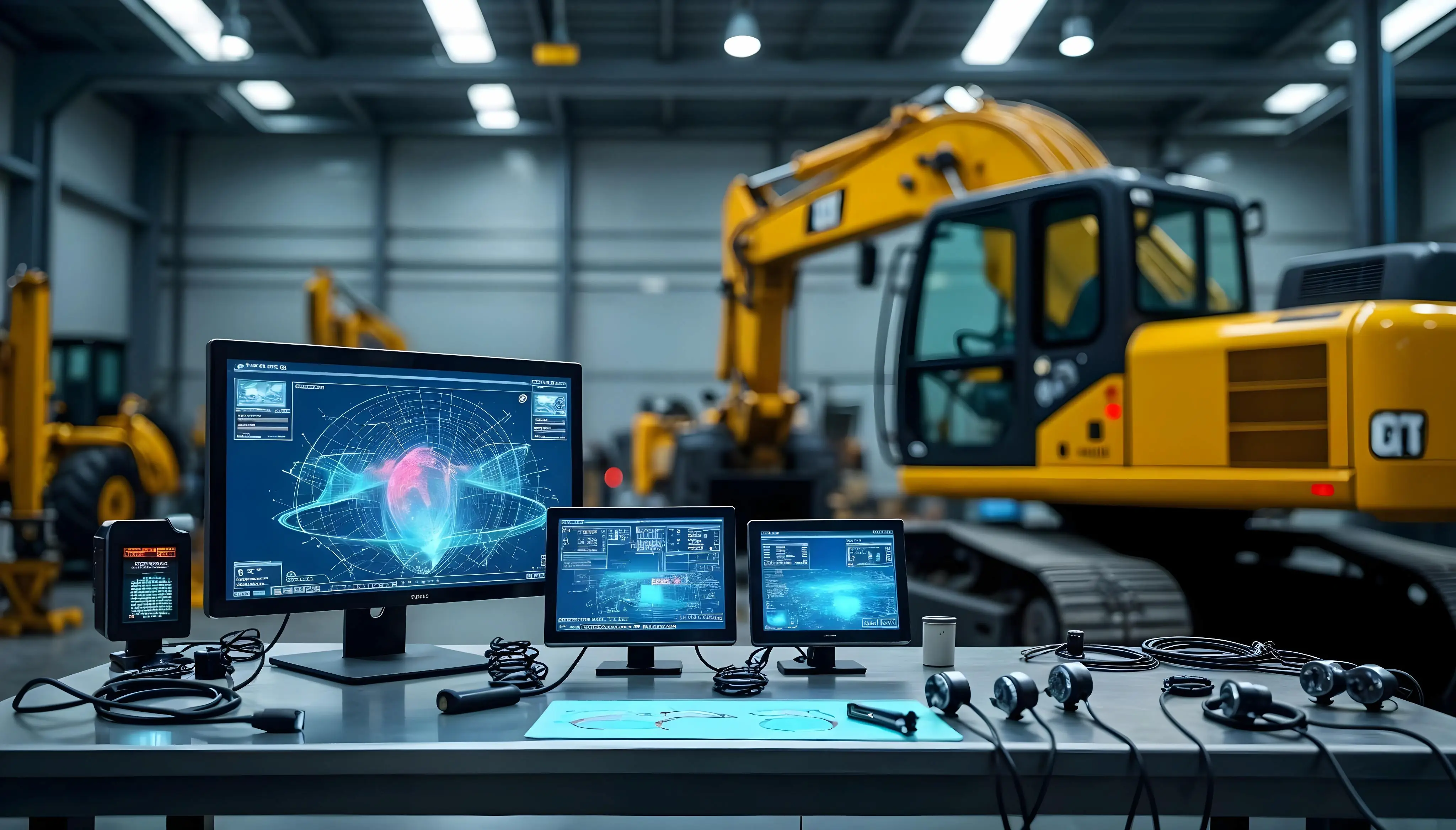
Advanced Heavy Equipment Diagnostic Tools: Ensuring Construction Machinery Quality
Essential Features Your Construction Equipment Inventory System Needs
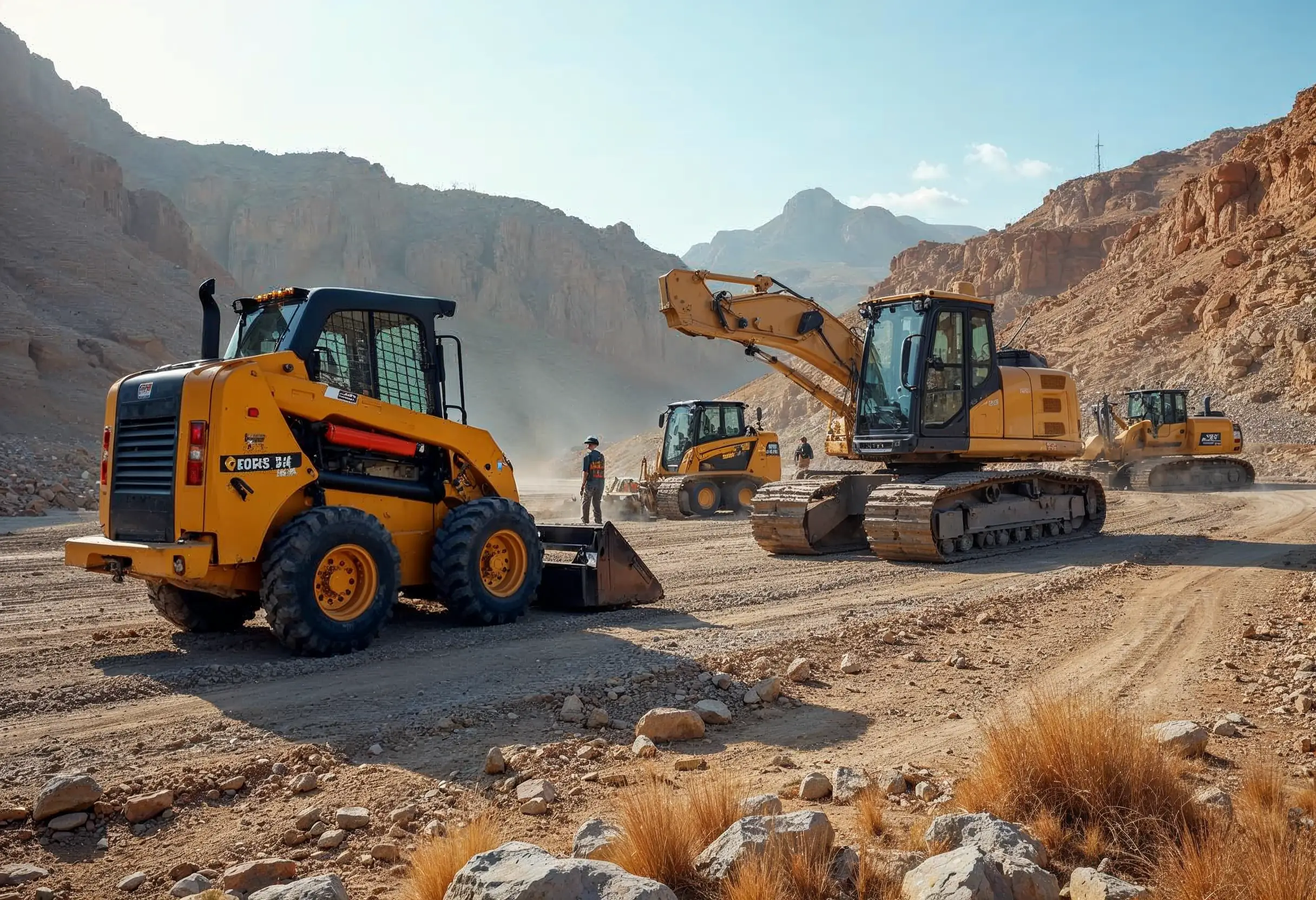
29 Quick Tips for Choosing Construction Equipment for Remote Locations
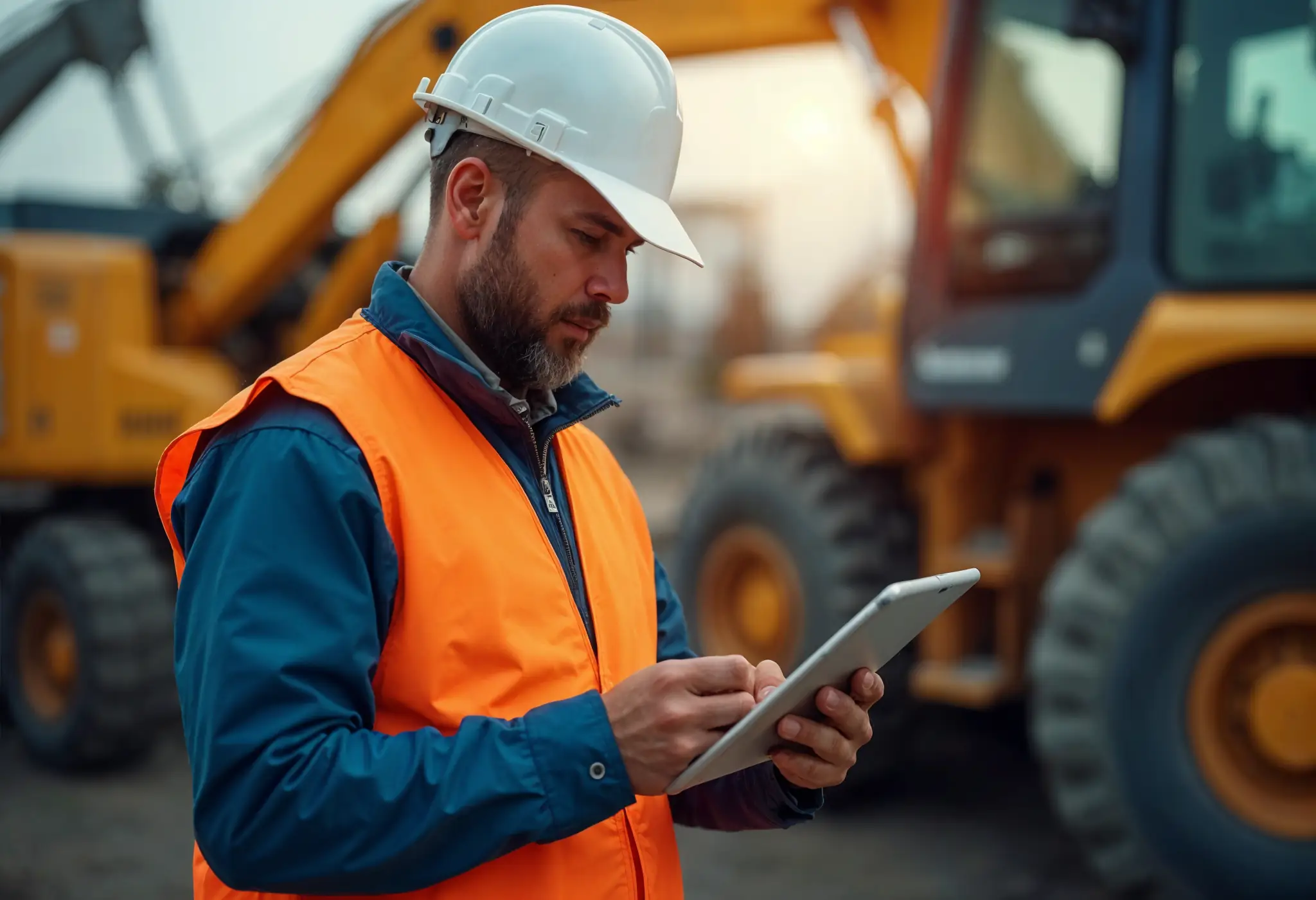
How to Select Construction Machinery with Optimal Equipment Maintenance in Mind
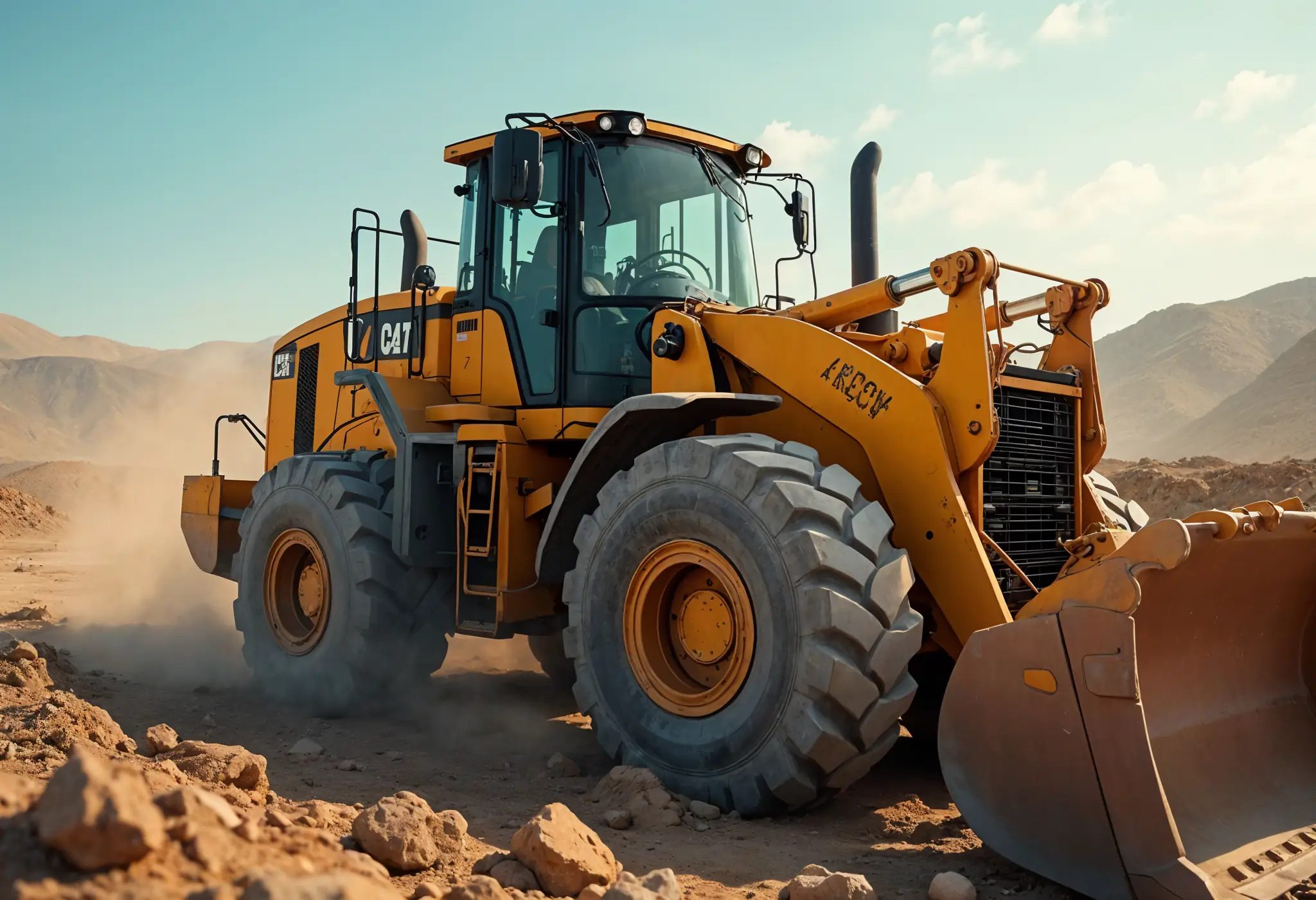
Top 25 Tips for Selecting Bulldozers for Construction Sites
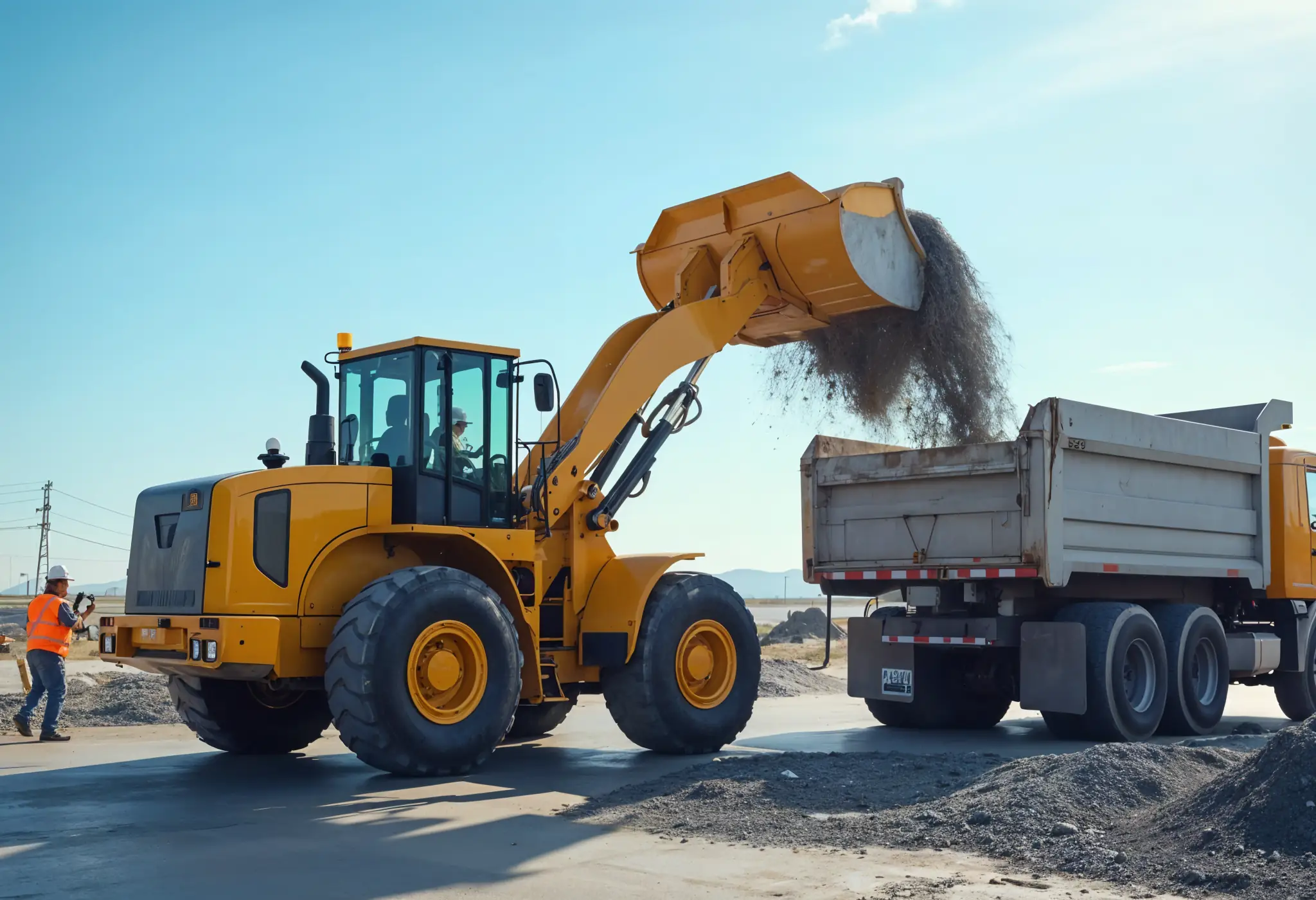
Which Construction Loader is Best for Your Project Needs?

4 Key Steps to Form a Construction Machinery QC Team

15 Essential Tips for Selecting the Perfect Crane for Construction
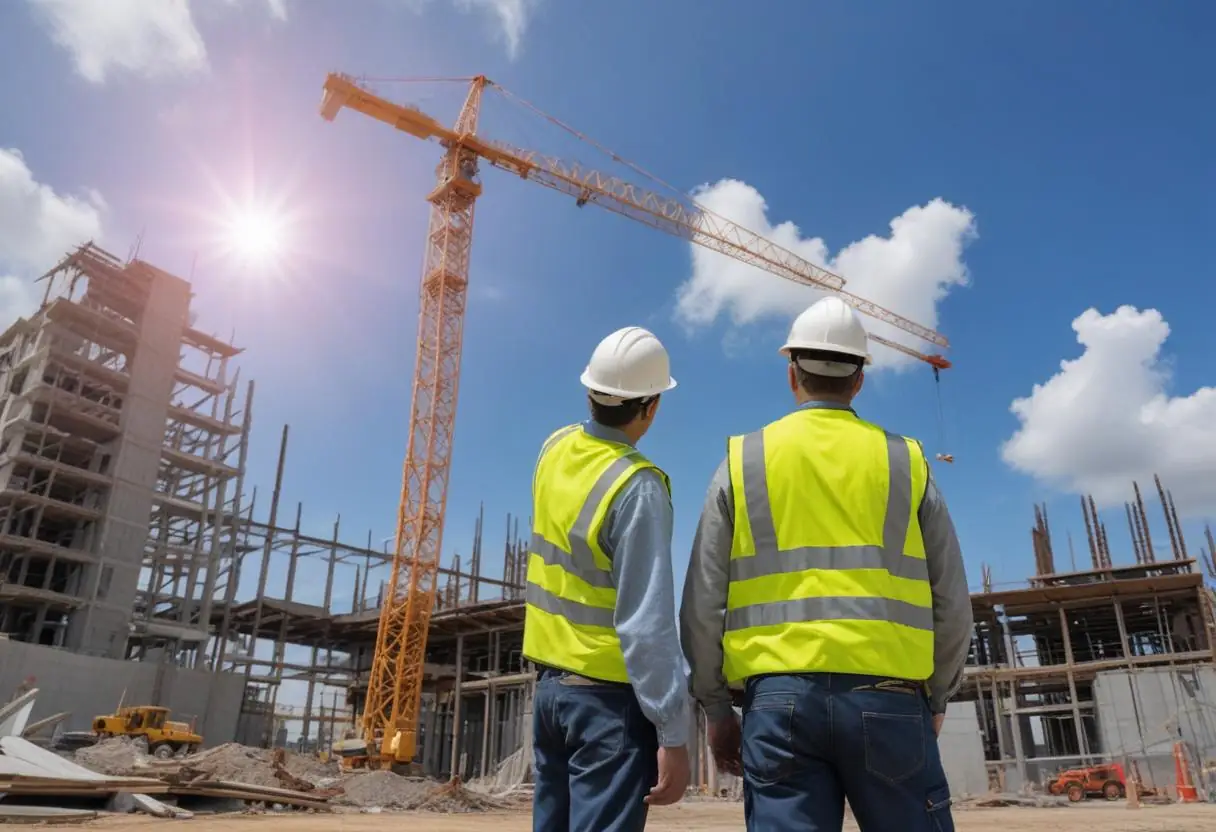
Maximize Savings: Multi-Purpose Construction Machinery for Lower Costs
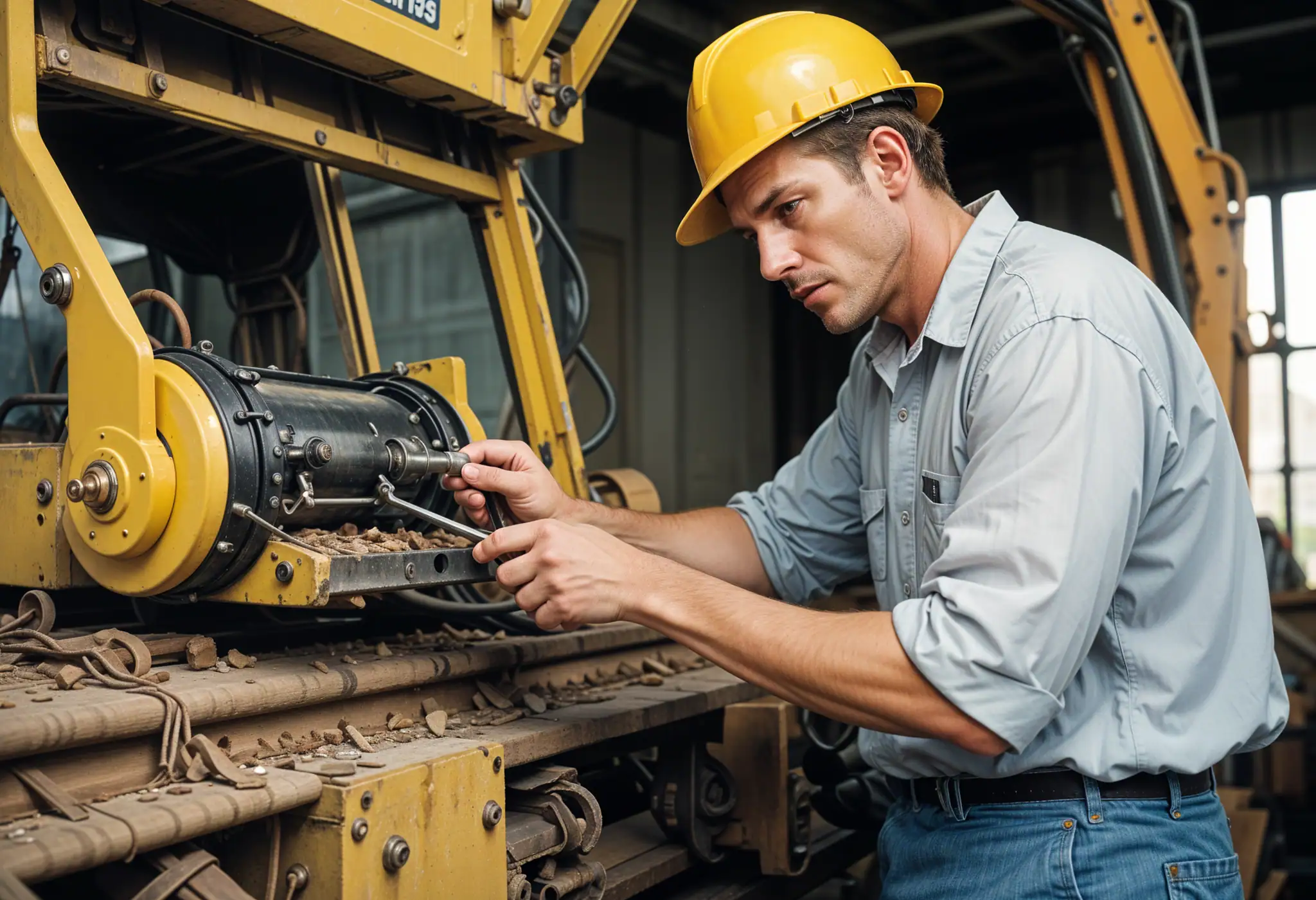
Affordable Heavy Equipment Parts: A Sourcing Guide
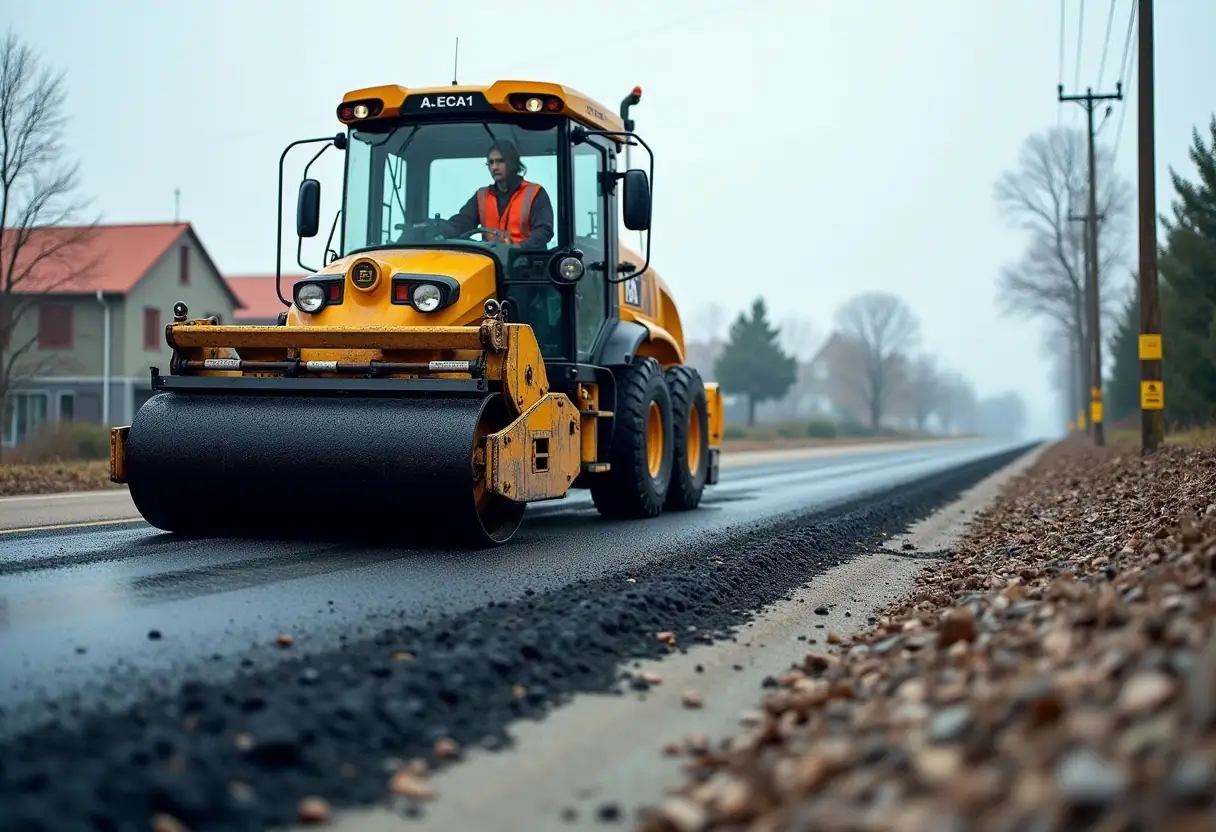
Choosing the Right Road Construction Equipment: A Complete Guide
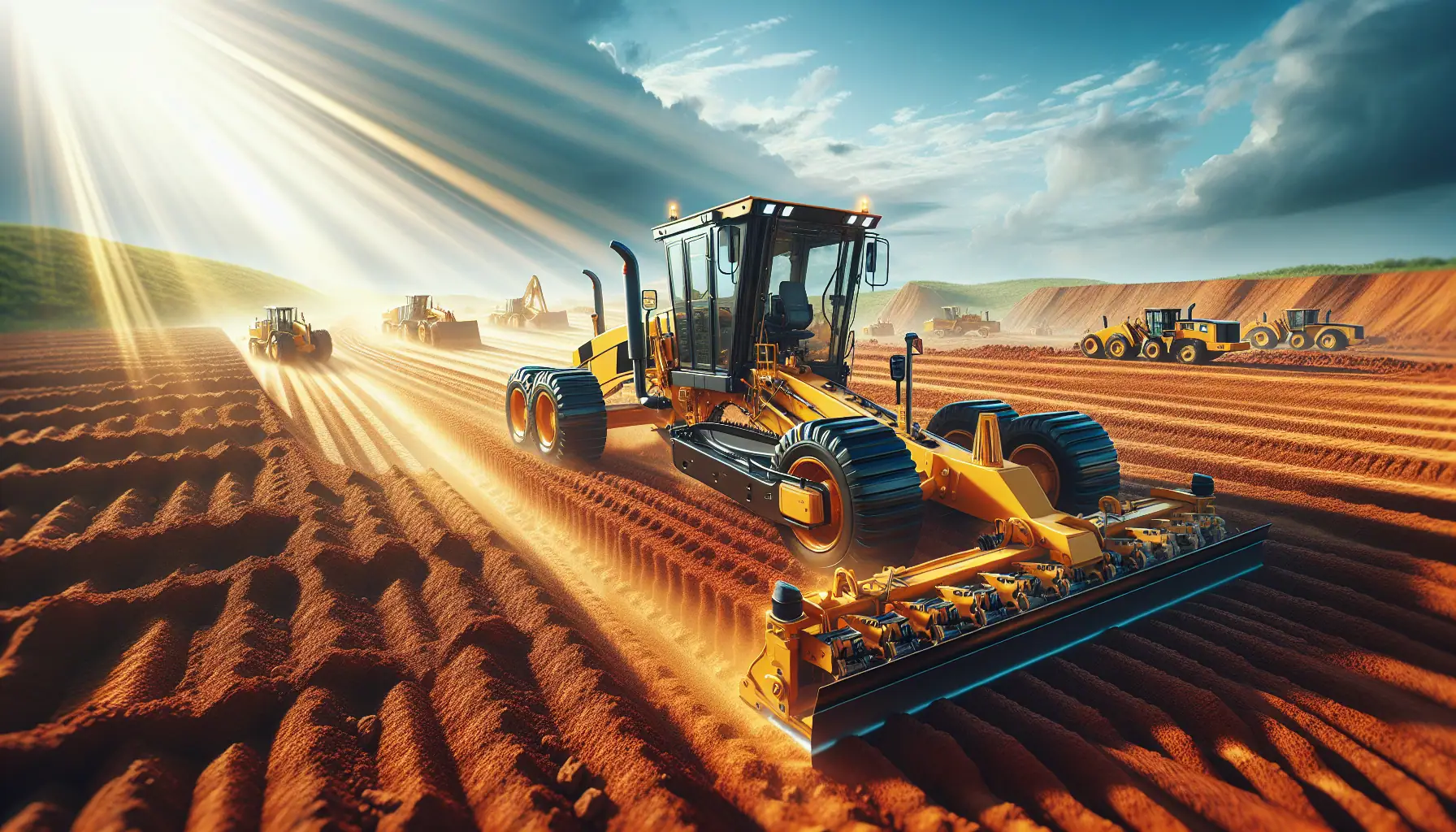
Motor Graders: Key Elements to Consider for Optimal Selection
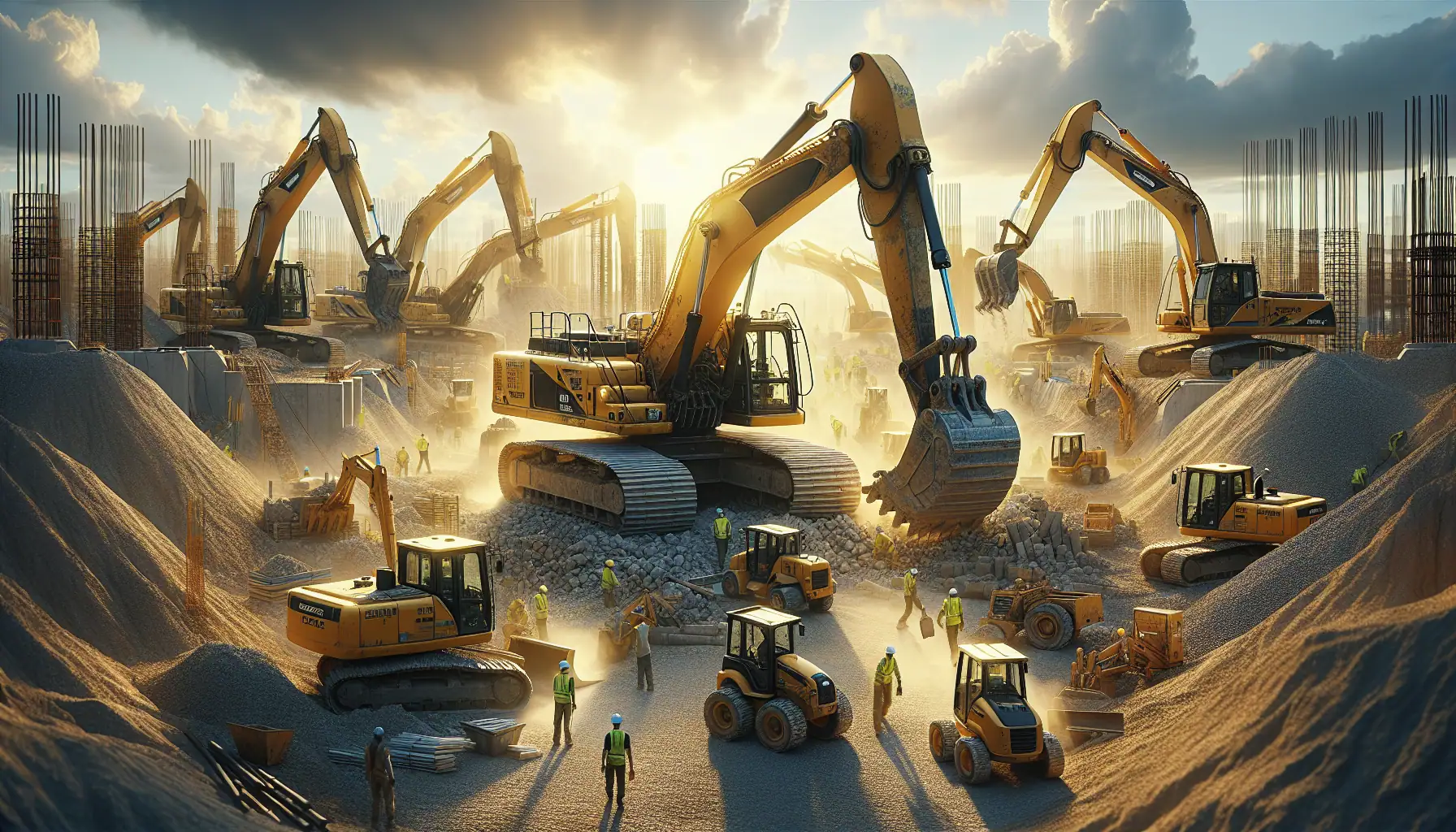
A Detailed Guide to Choosing Excavators for Construction Work
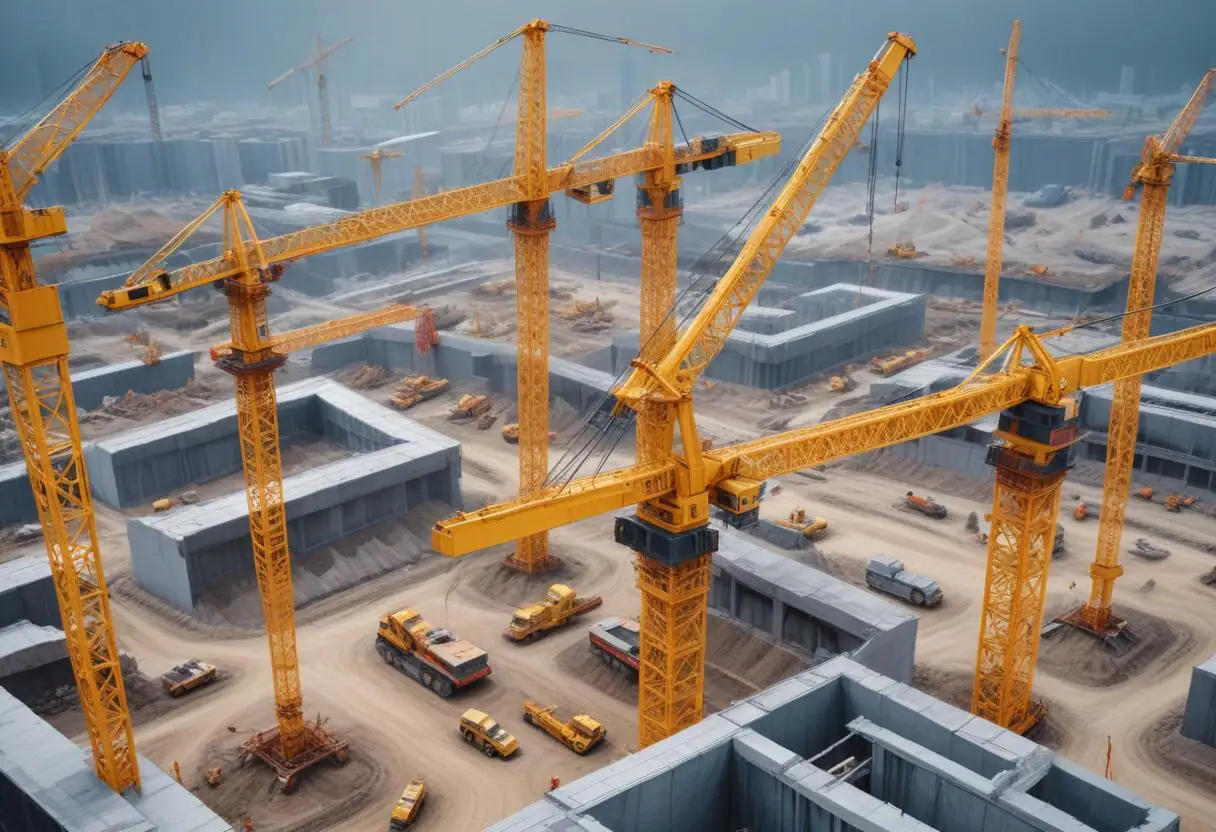
Top Tips for Choosing Cranes for Construction Projects
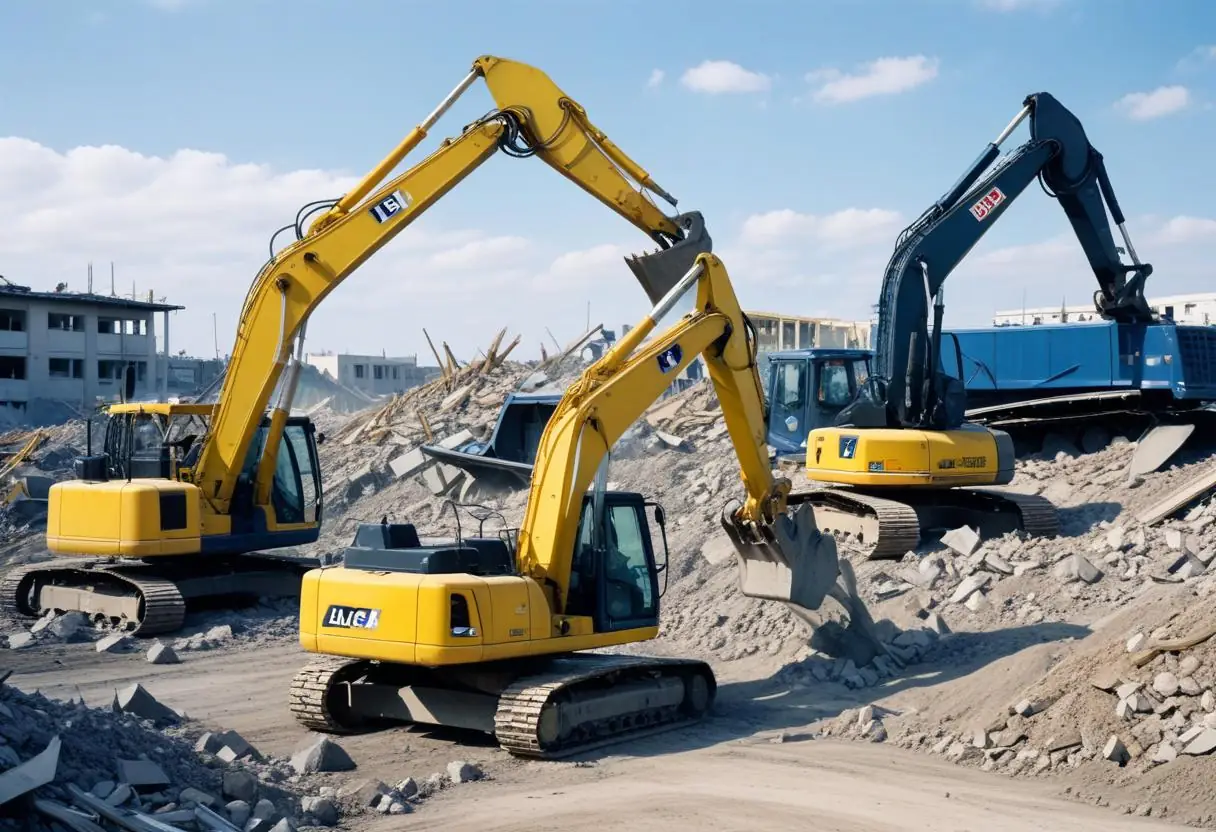
5 Top-Rated Demolition Machines for Construction Professionals
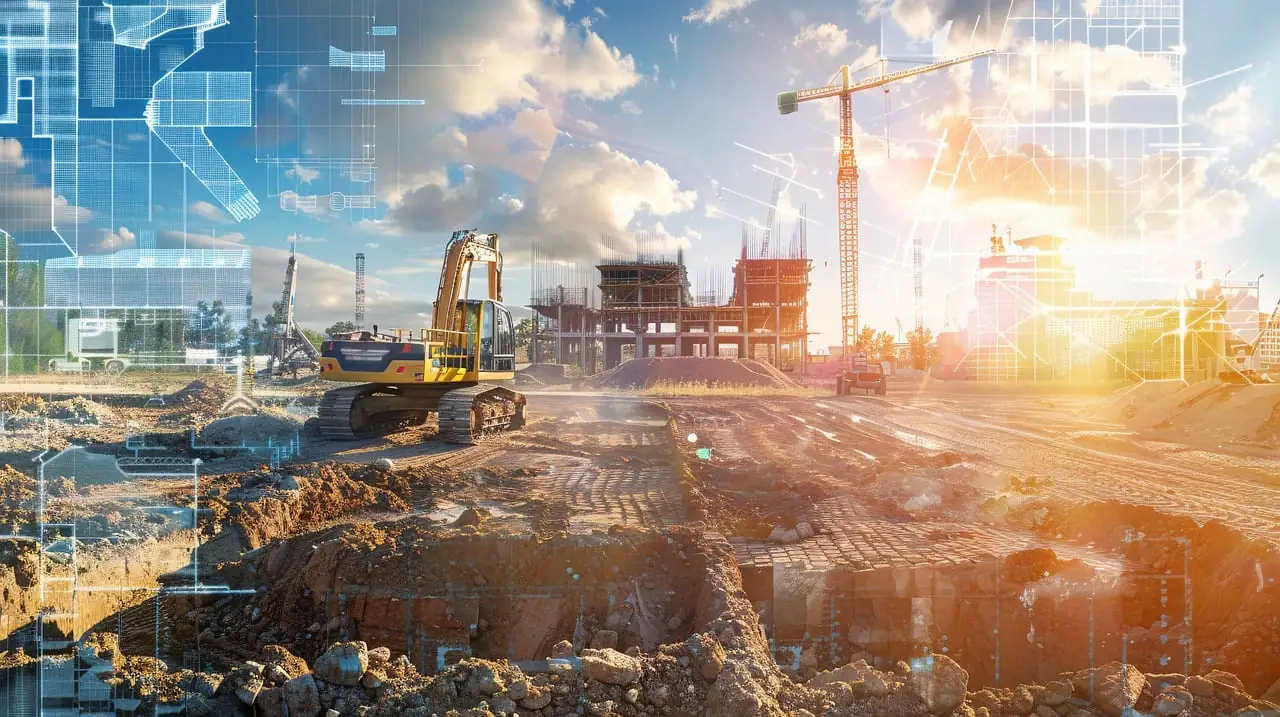
Expert Tips on Choosing Earthmoving Equipment for Large Projects
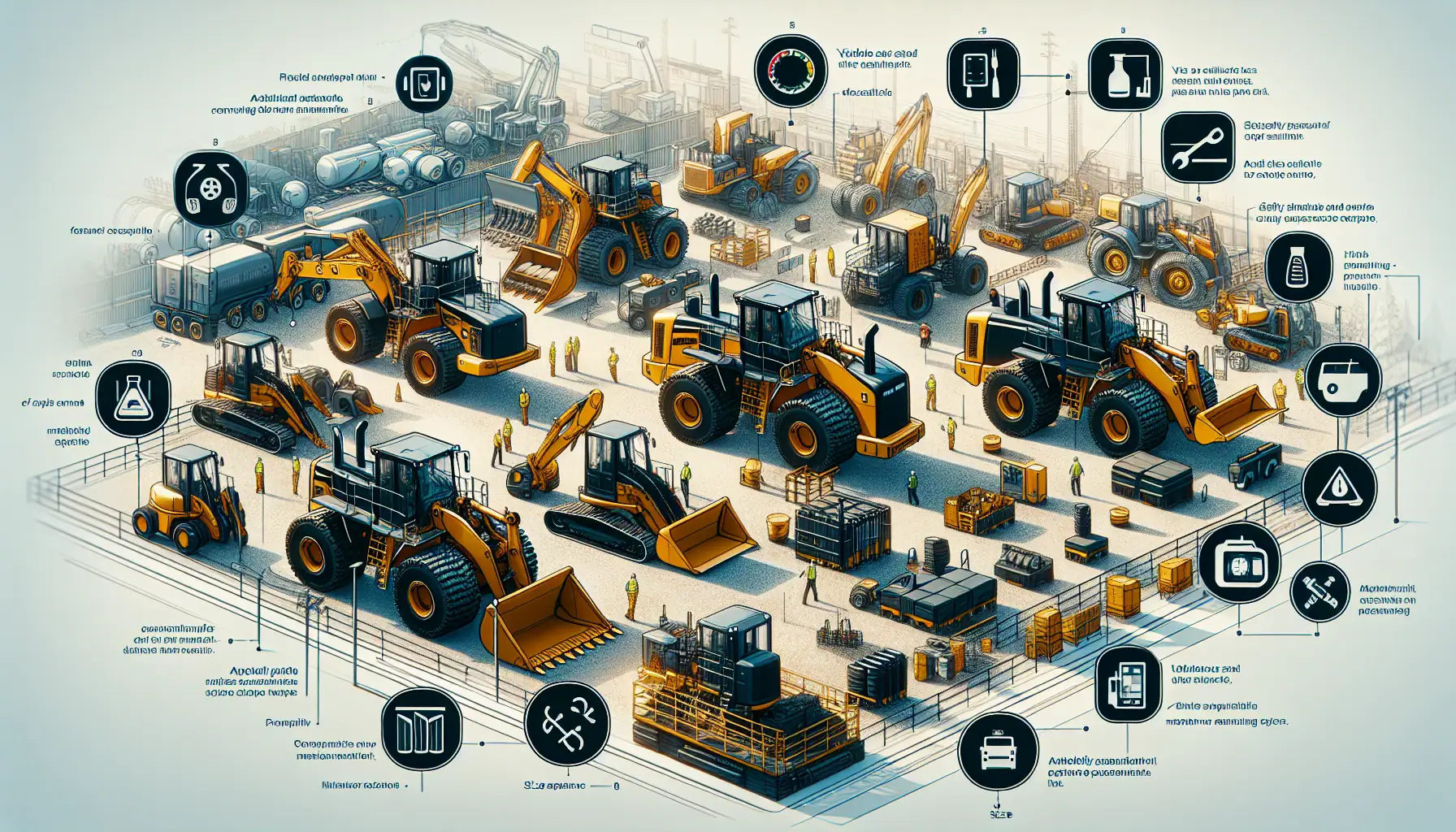
Top Functional Criteria for Selecting Heavy Construction Equipment

Construction Machinery: Detailed Guide to Equipment Specifications
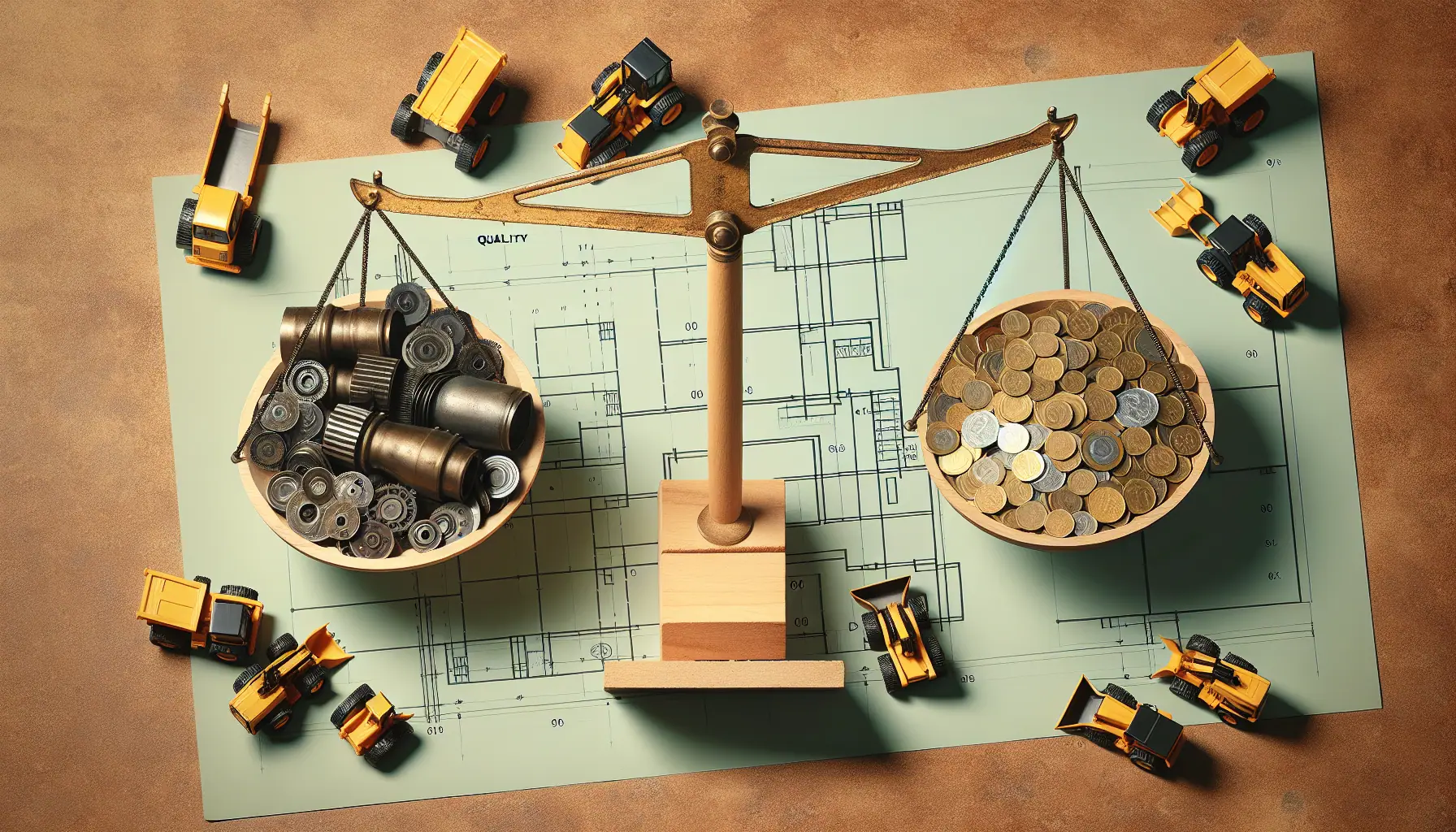
Heavy Machinery Prices: Key Factors in Cost and Quality Balance
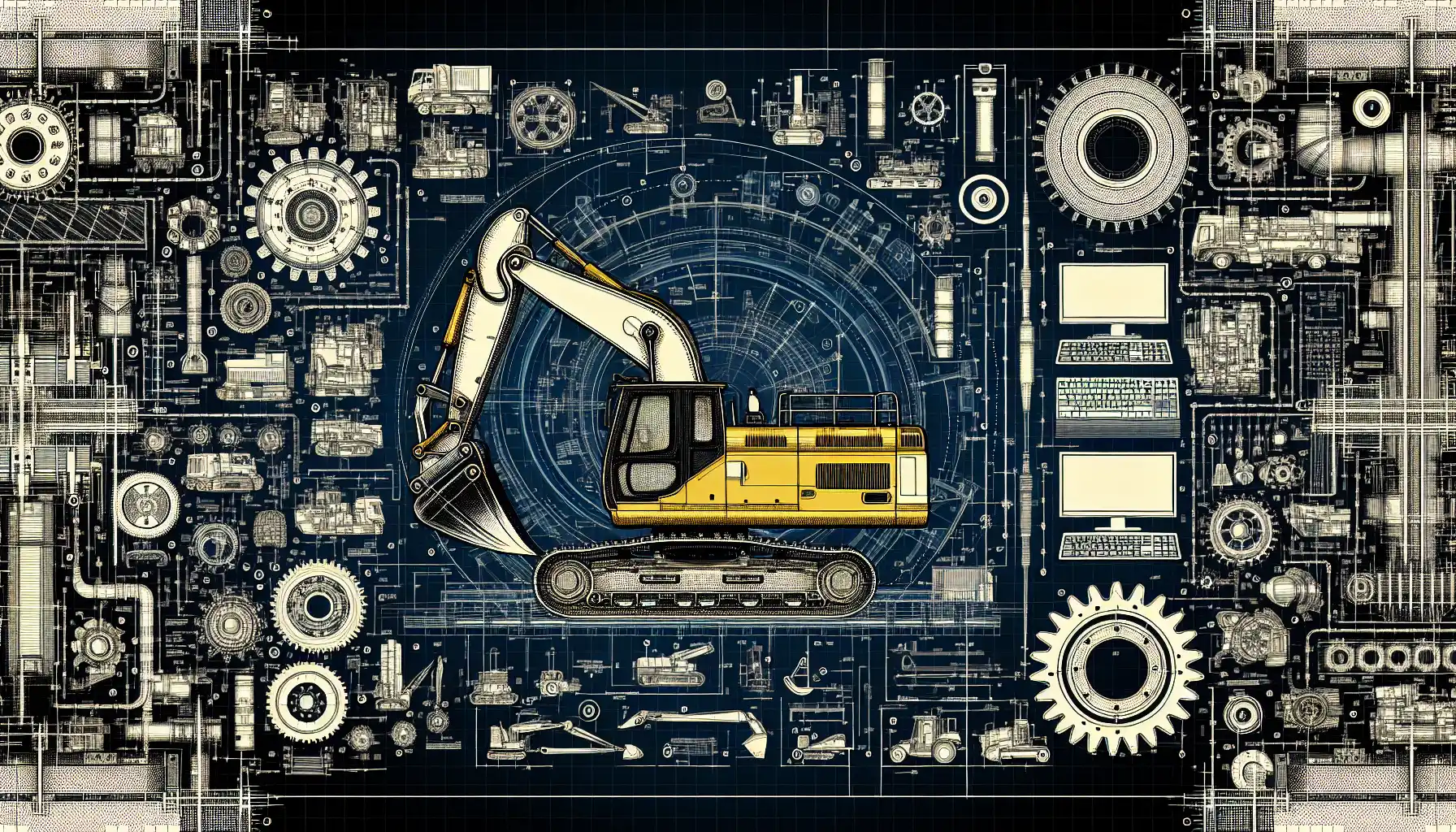
Best Construction Heavy Equipment Brands: Pros and Cons
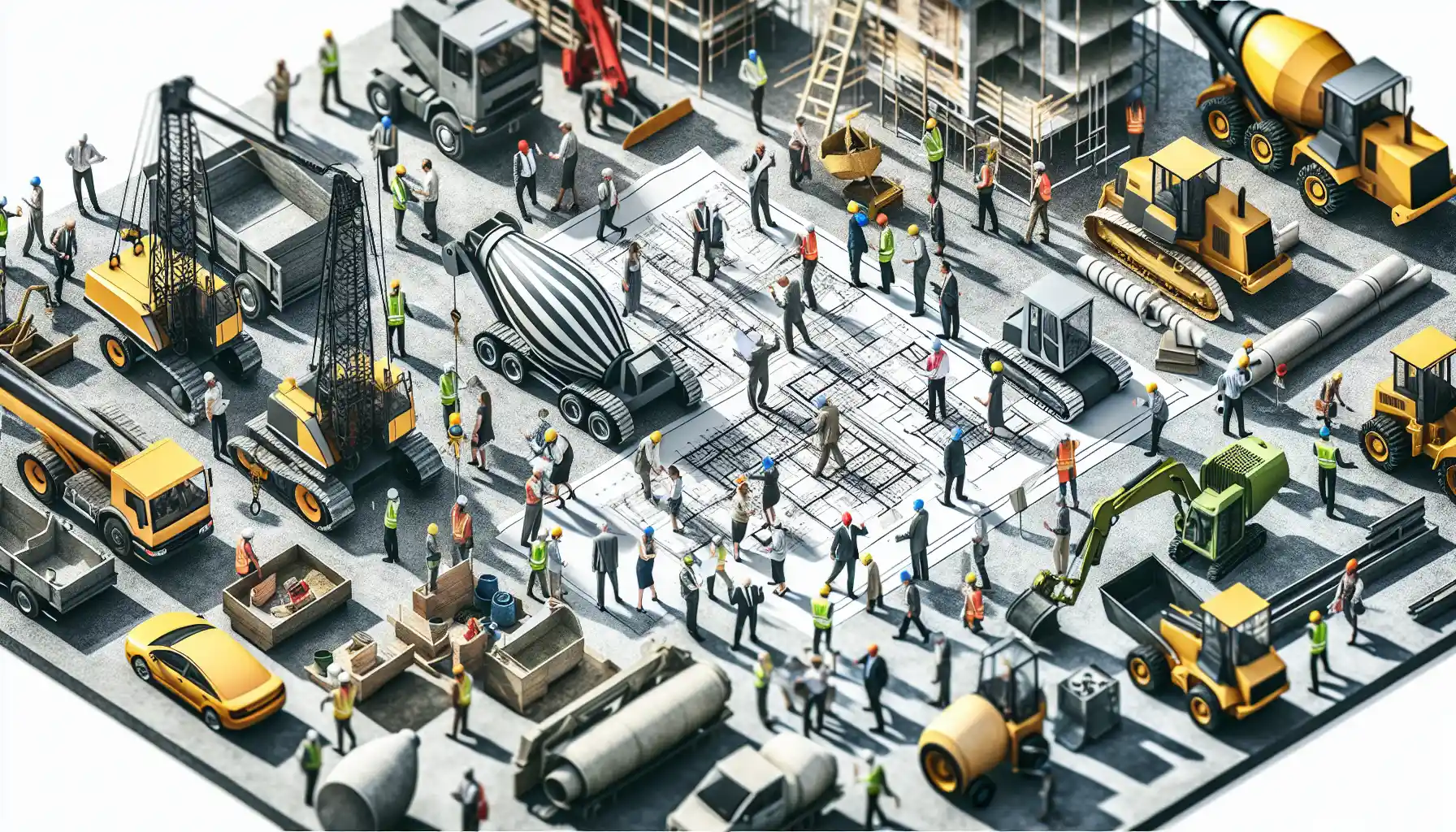
Construction Site Equipment: How to Determine Your Requirements
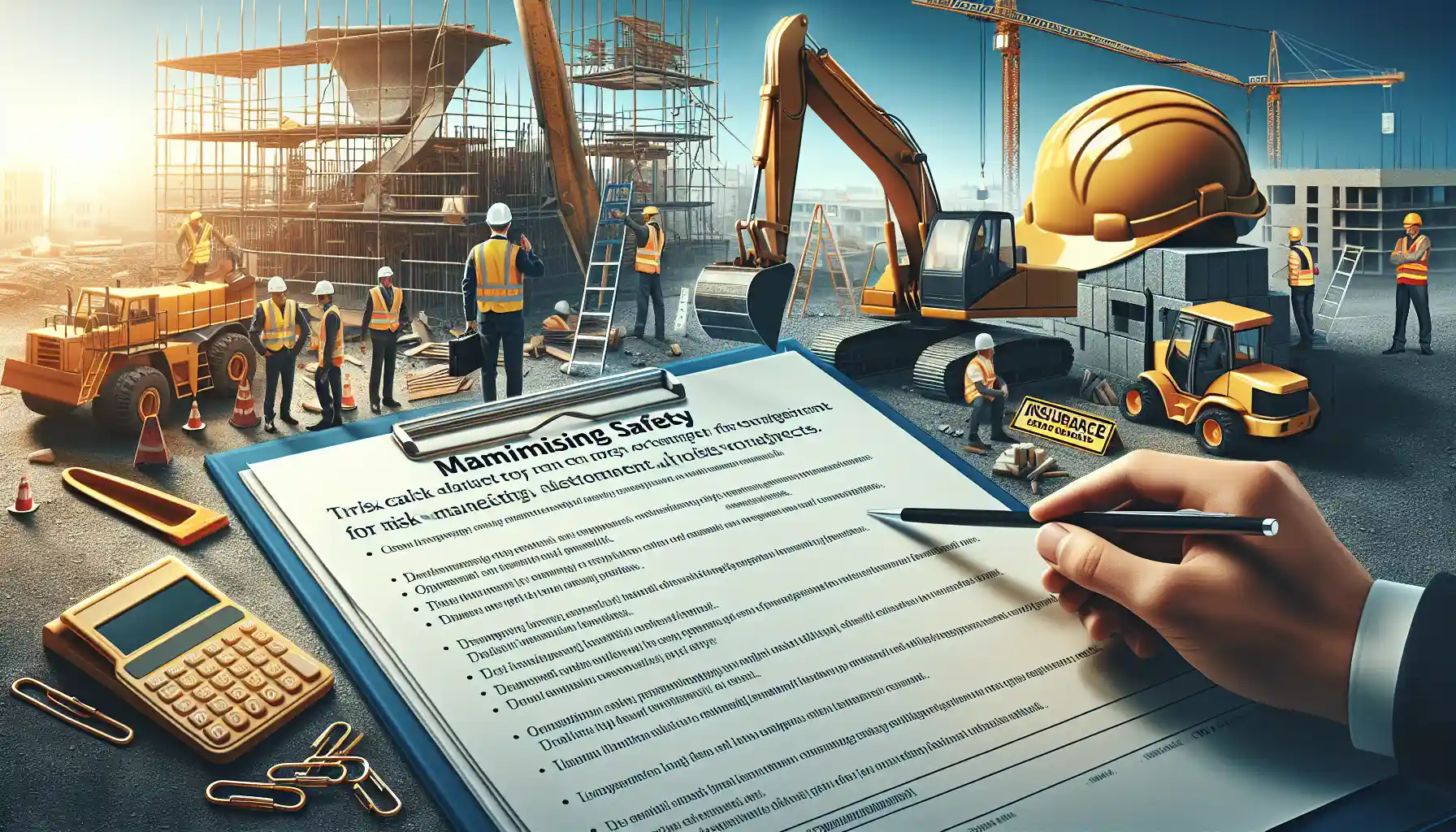
Maximizing Safety: Risk Management for Construction Projects

Innovations in Construction: Transforming Machinery and Equipment
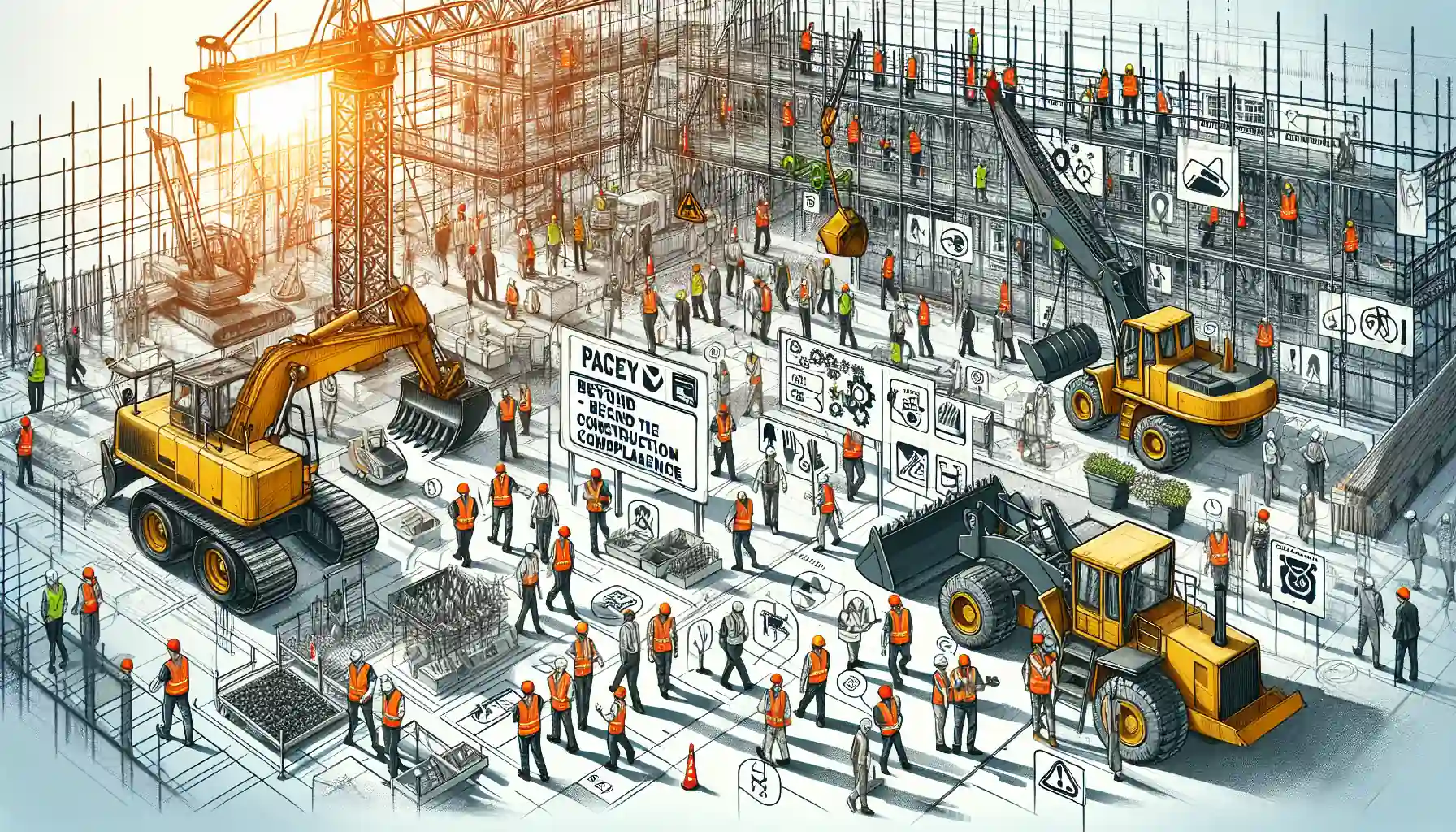
Heavy Equipment Safety: Beyond the Basics in Construction Compliance
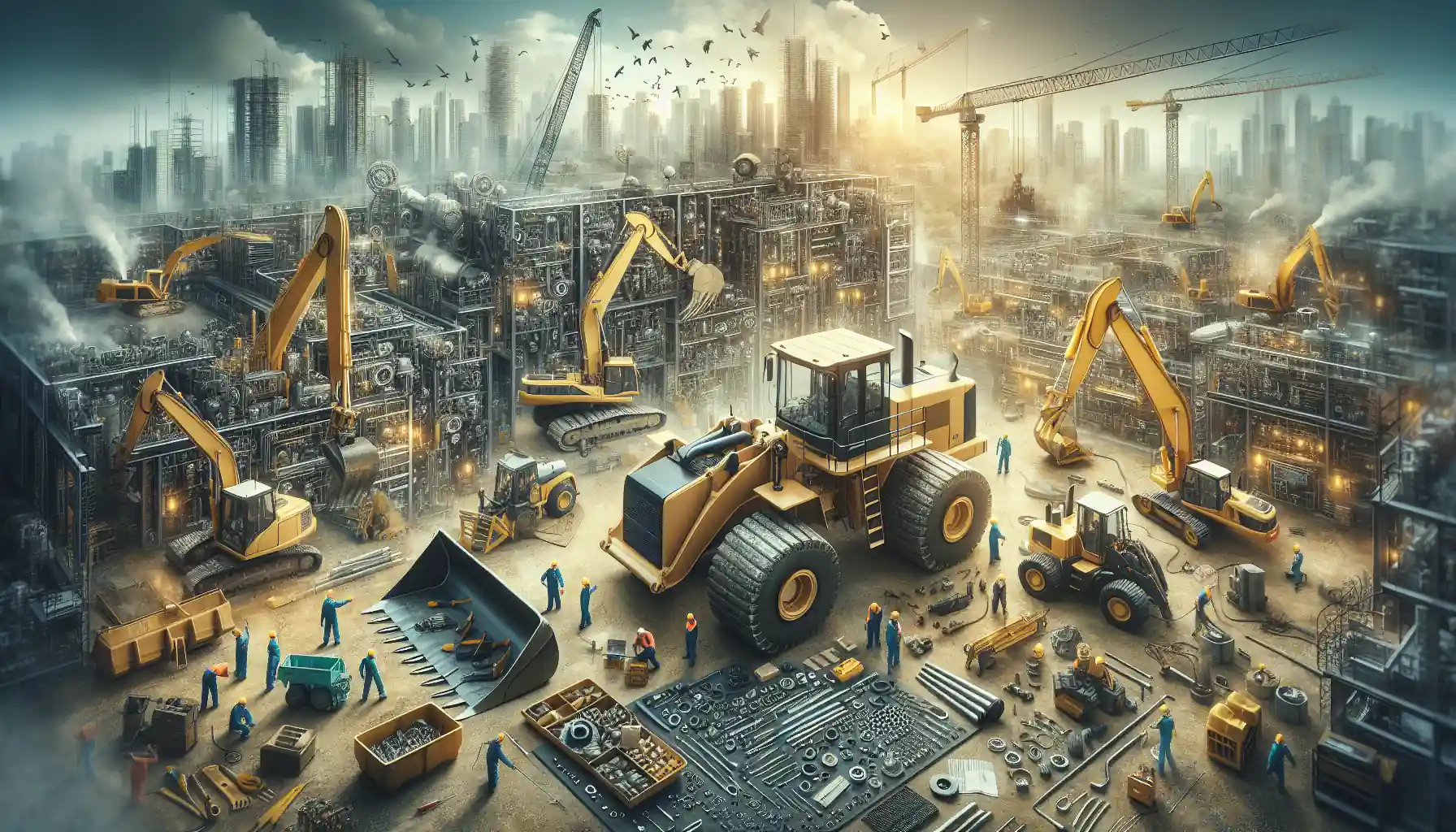
The Essential Handbook for Construction Equipment Repair and Maintenance

How to Efficiently Source Oil and Gas Machinery Parts in NYC

Essential Guide to Sourcing Agriculture Equipment Parts
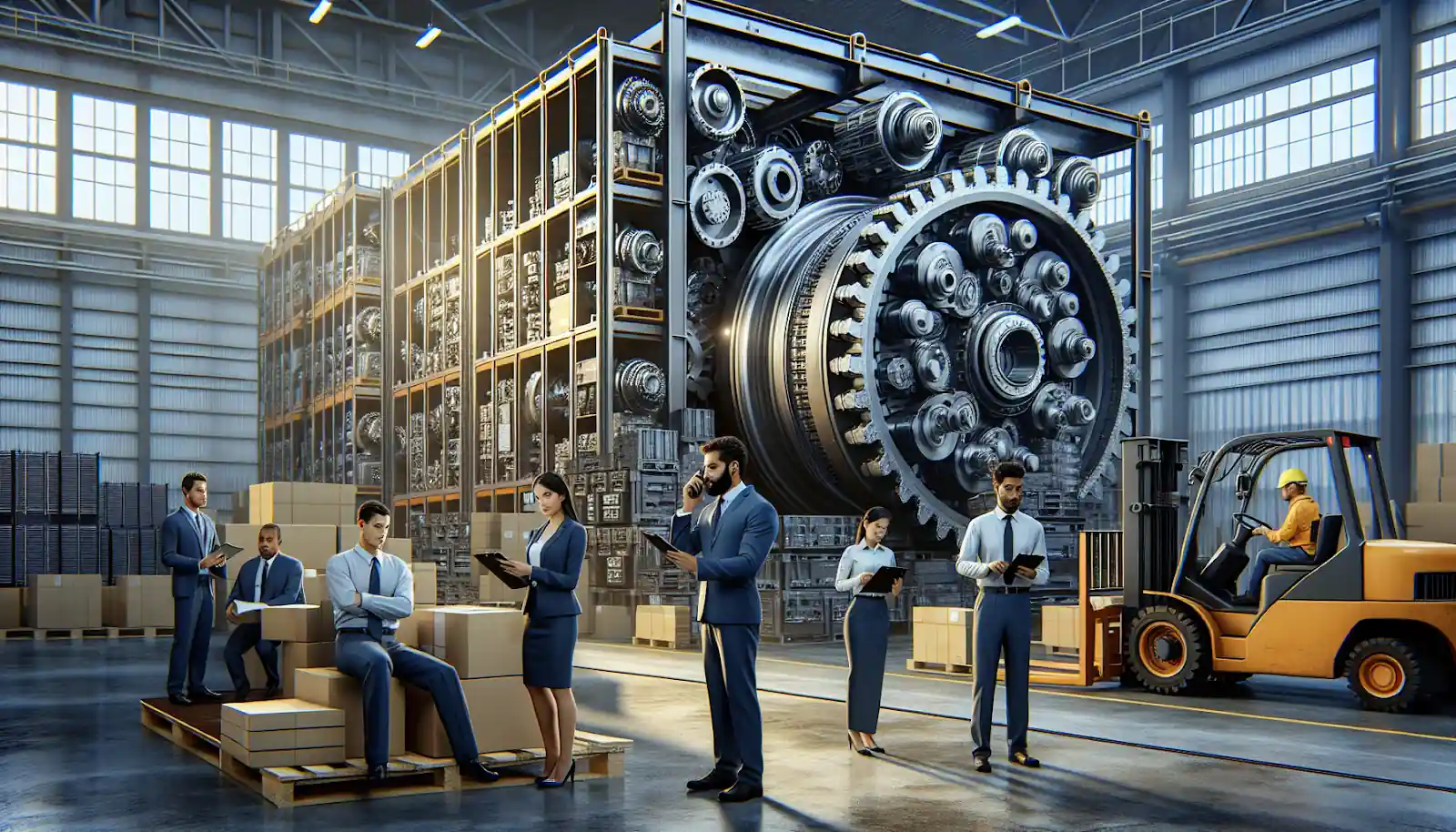
How to Source Mining Machinery Parts: Tips and Strategies
